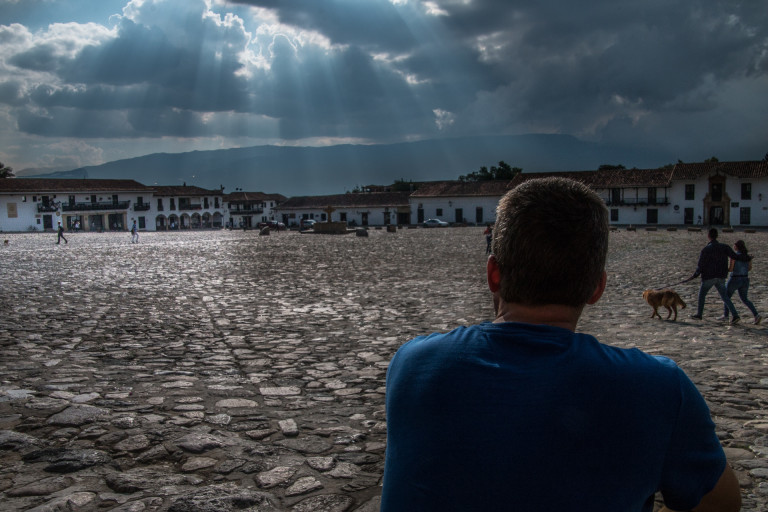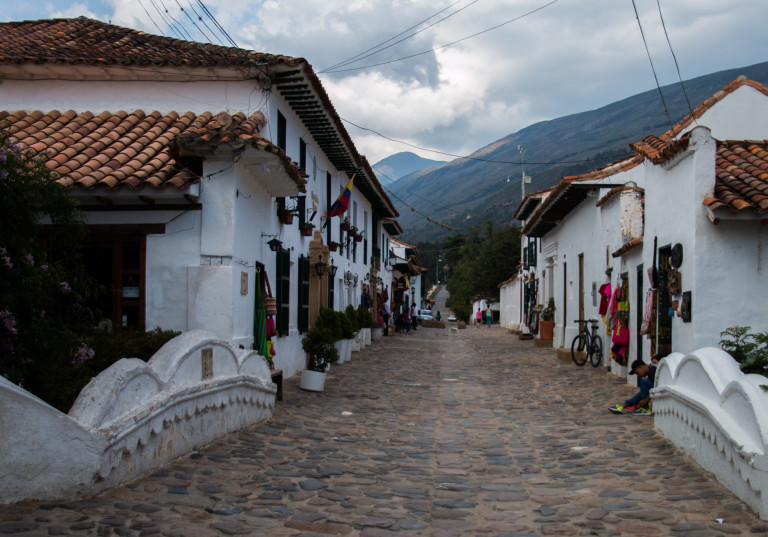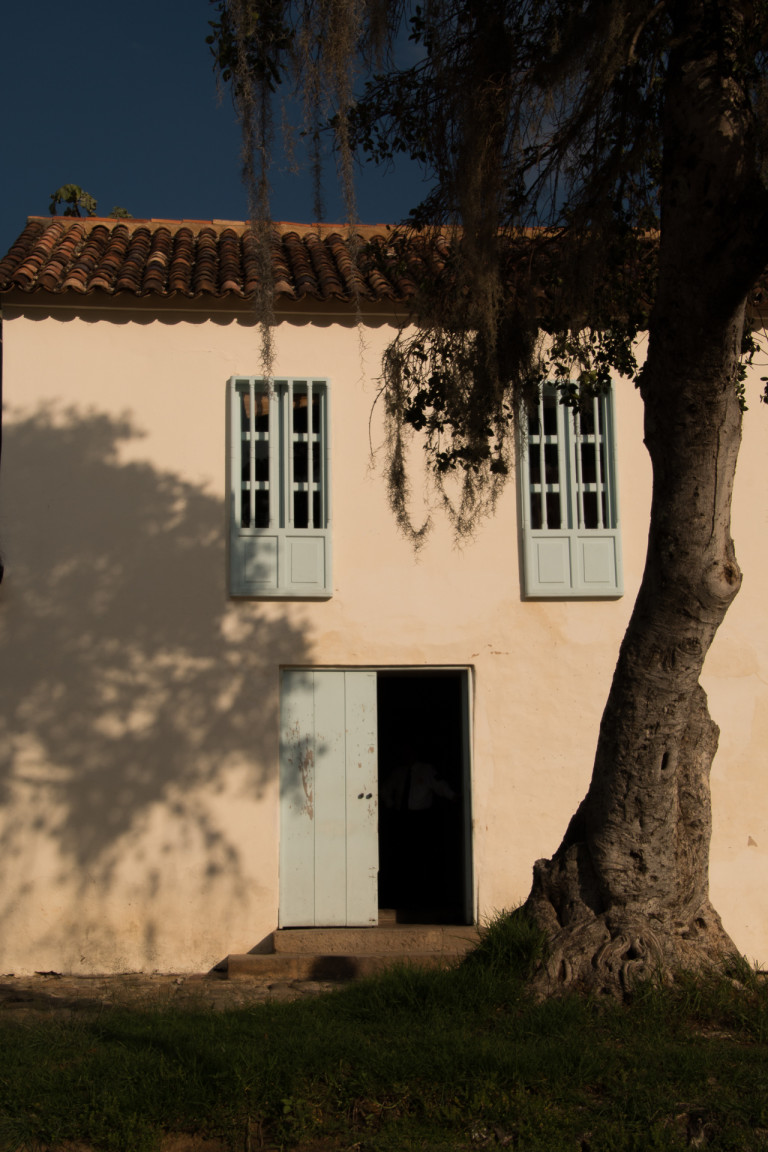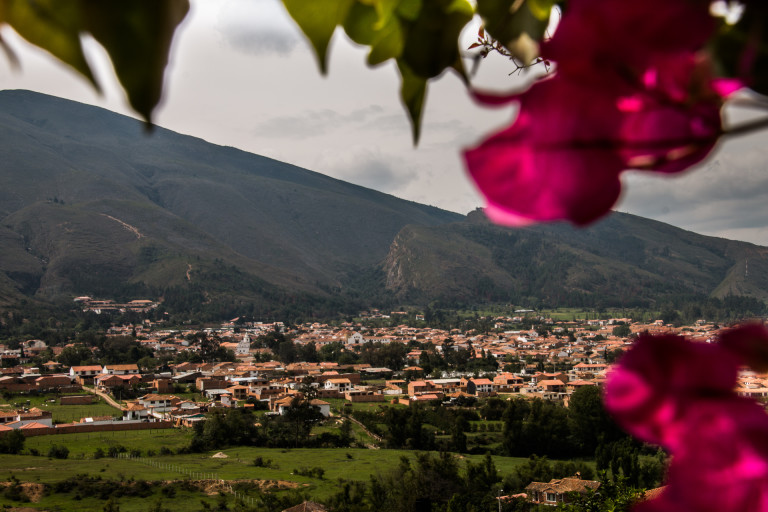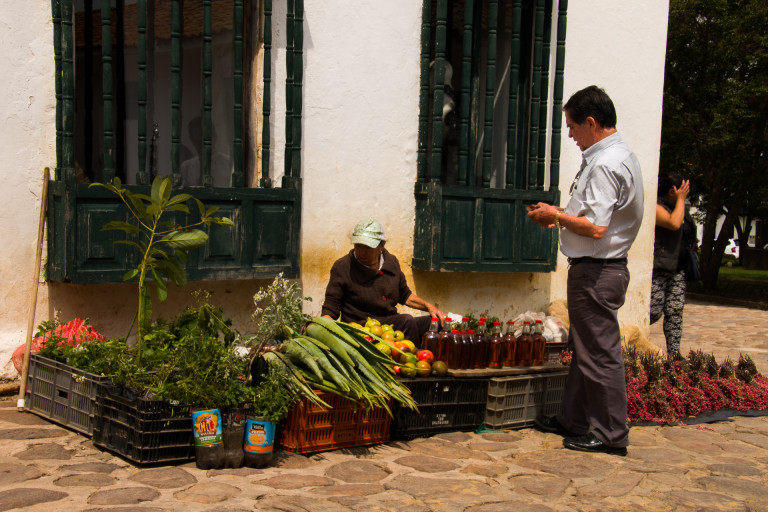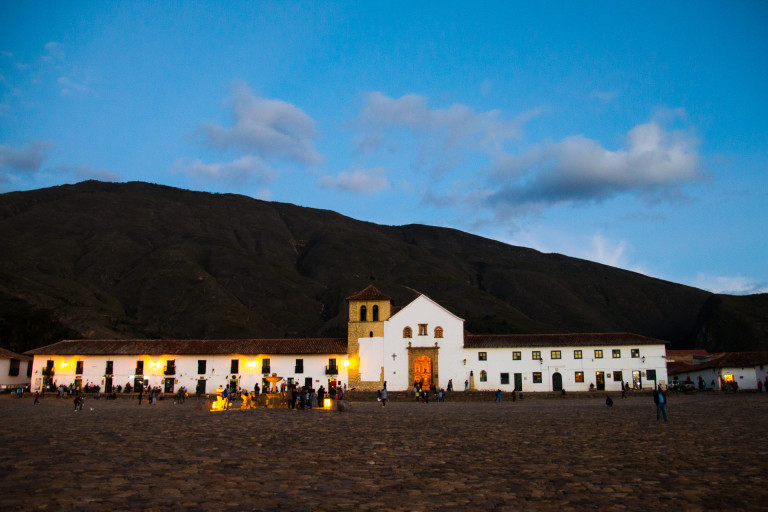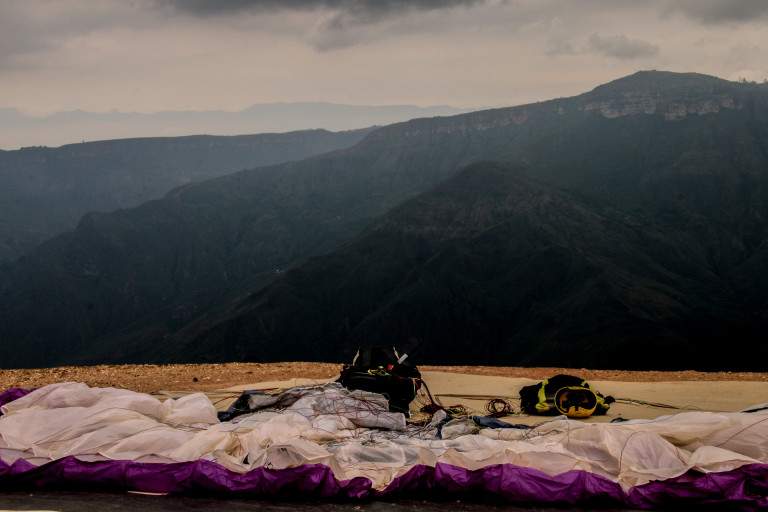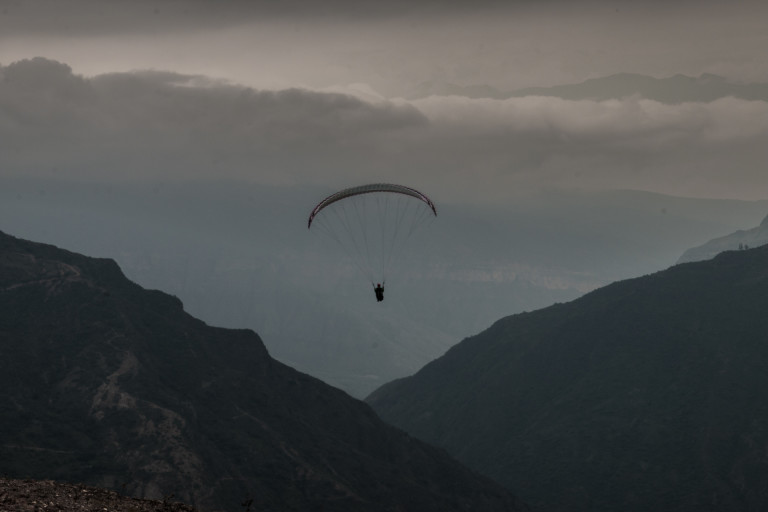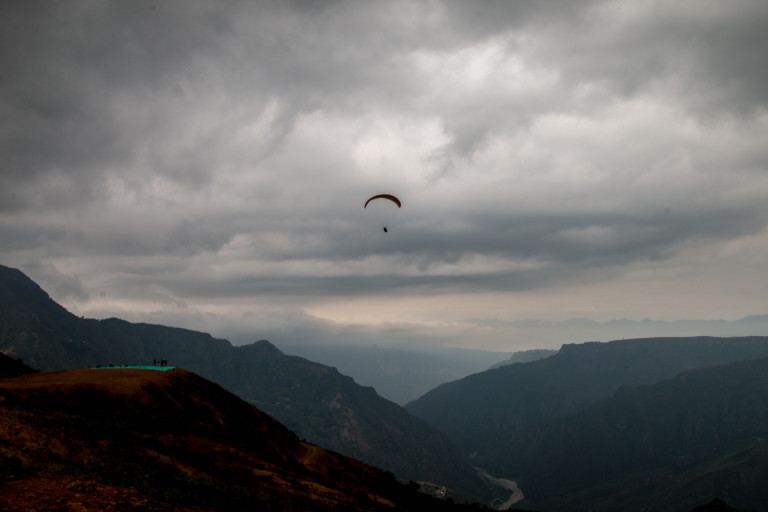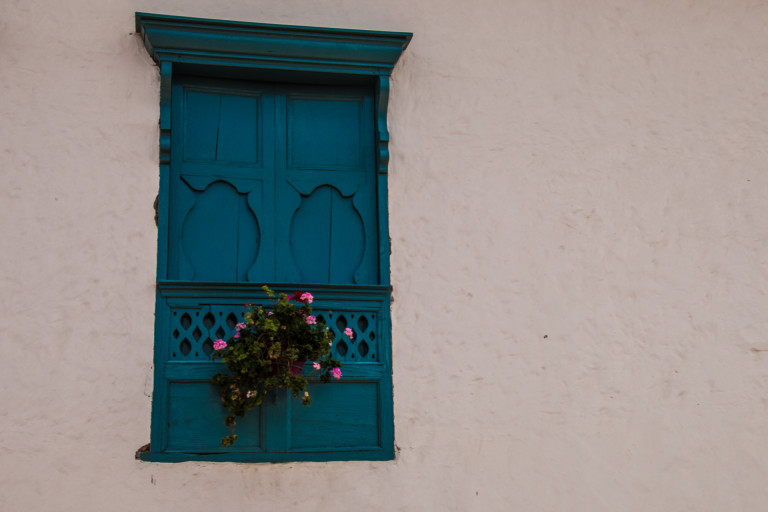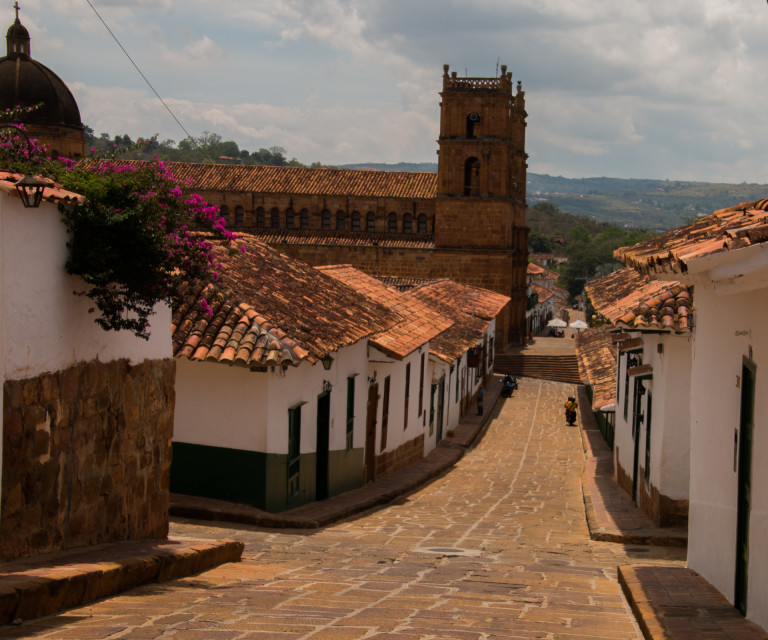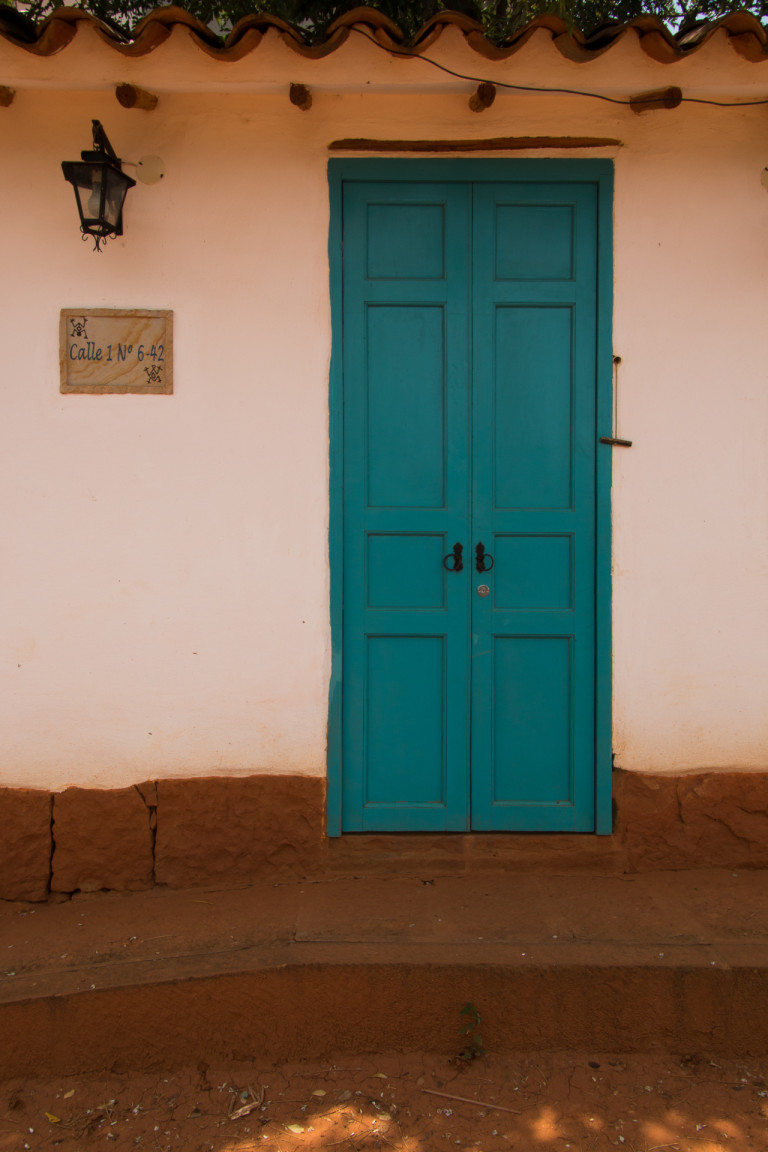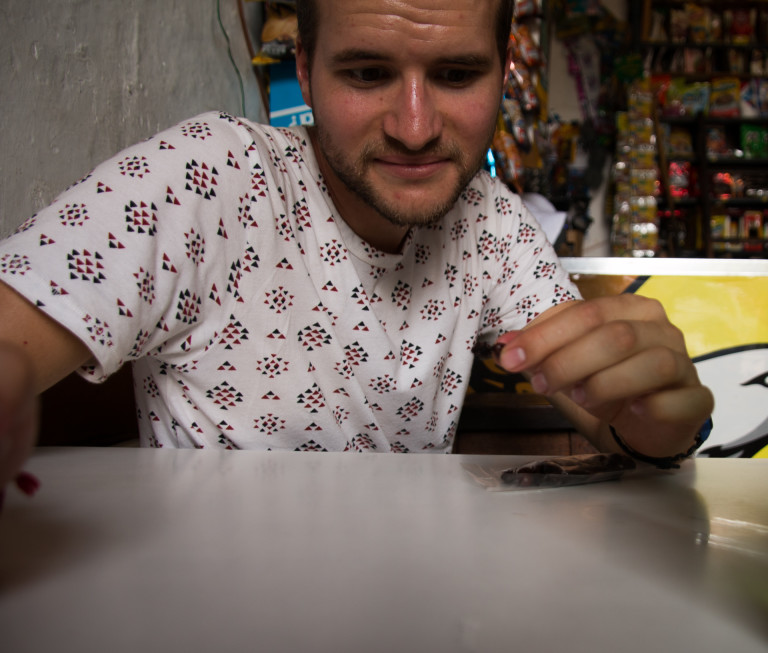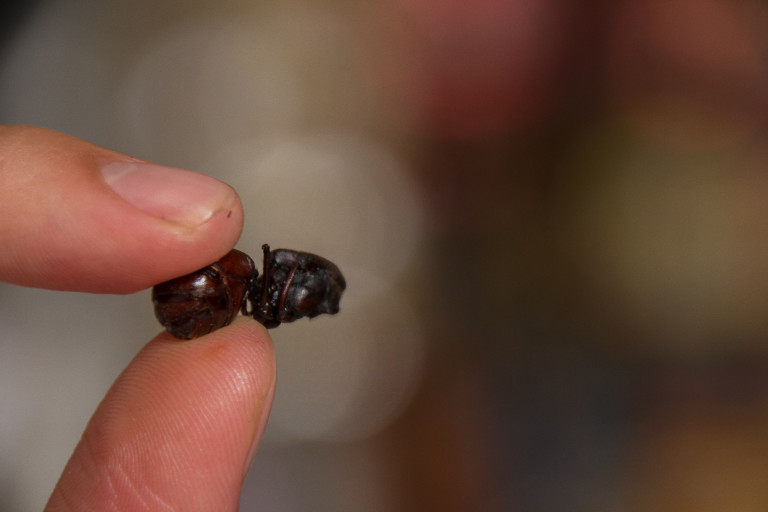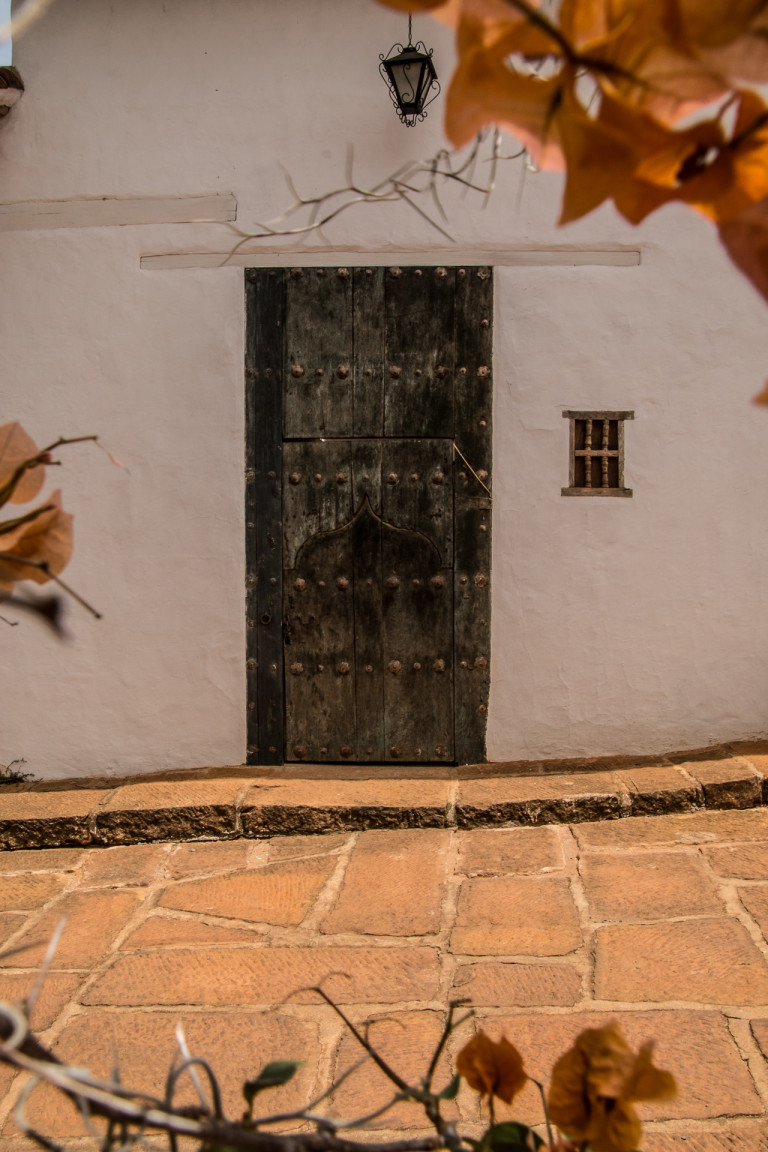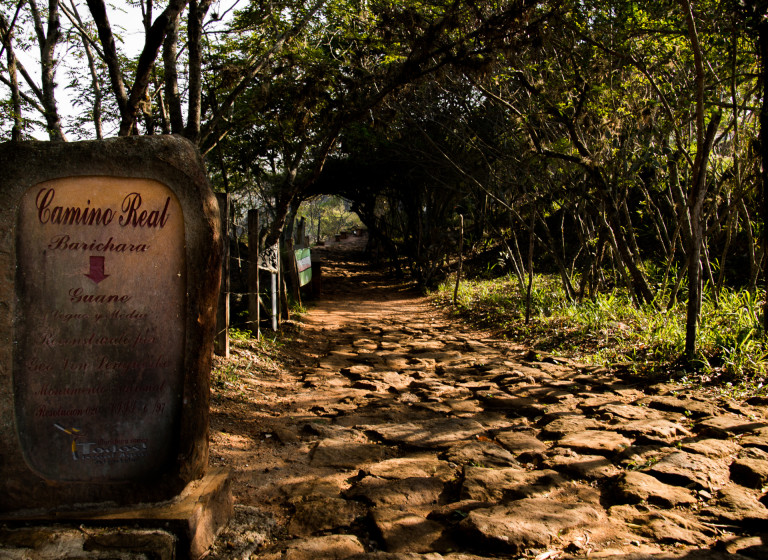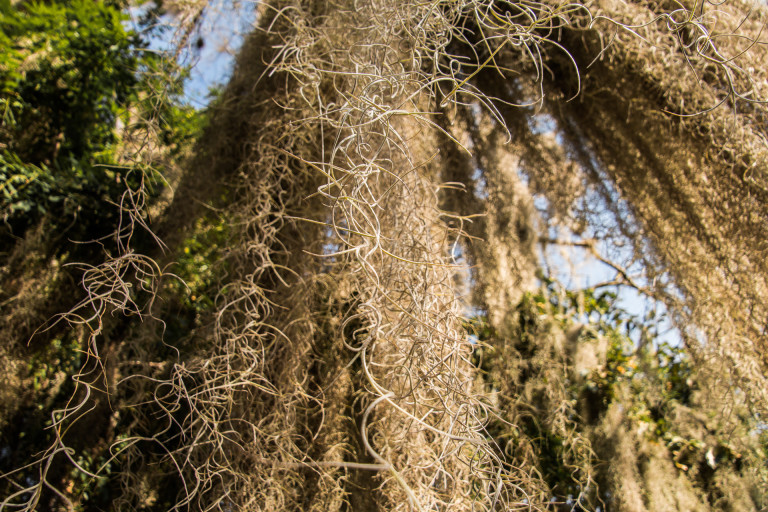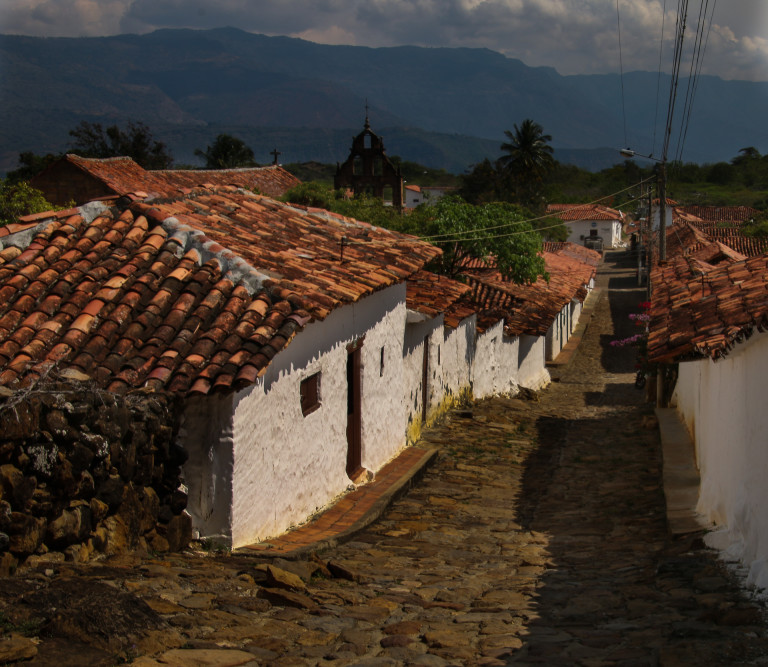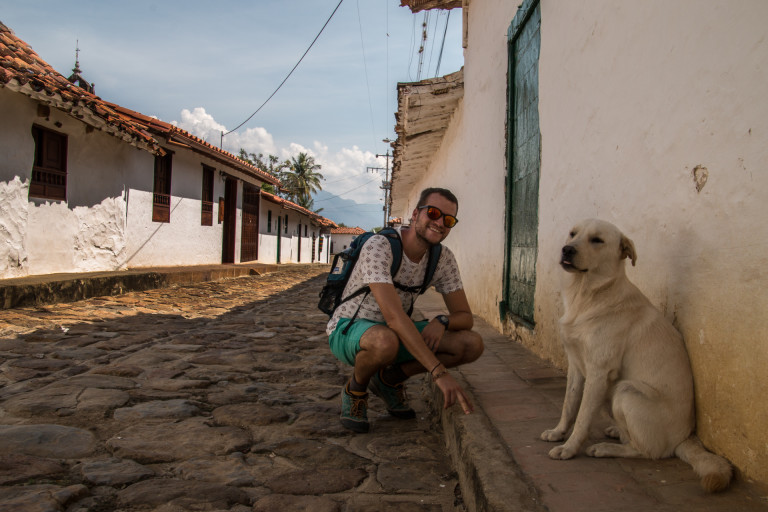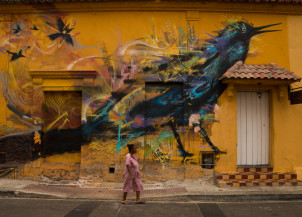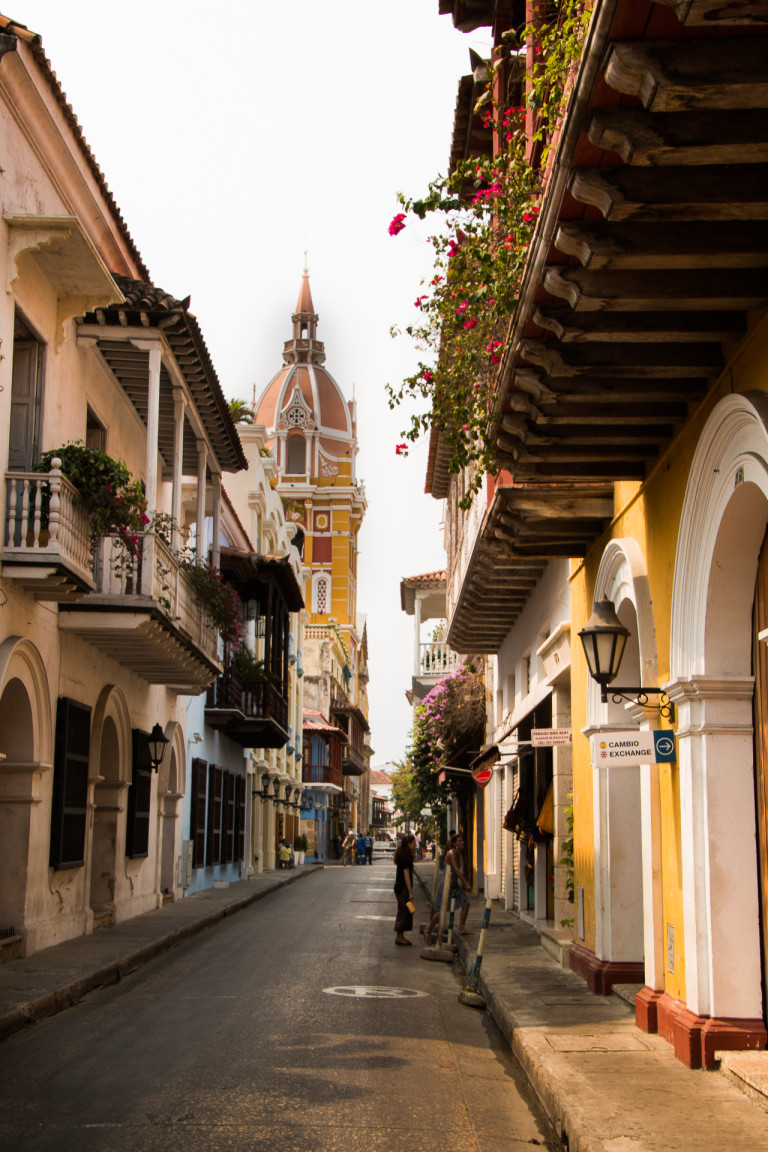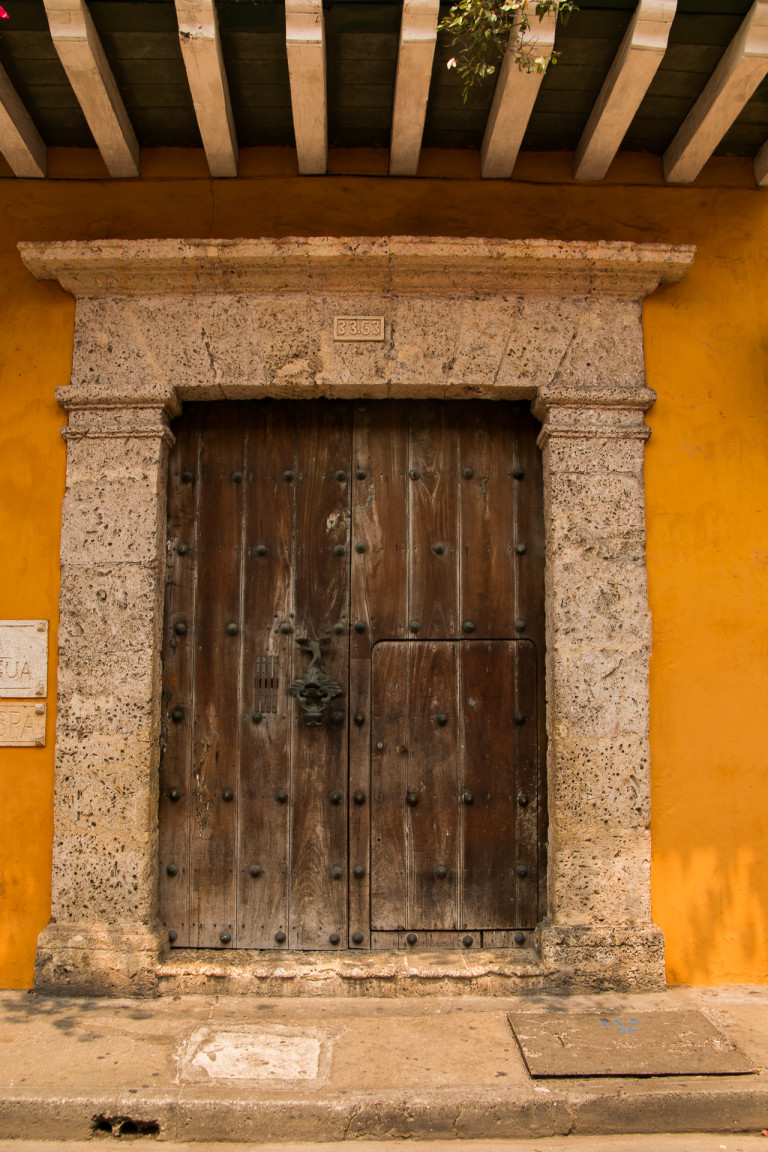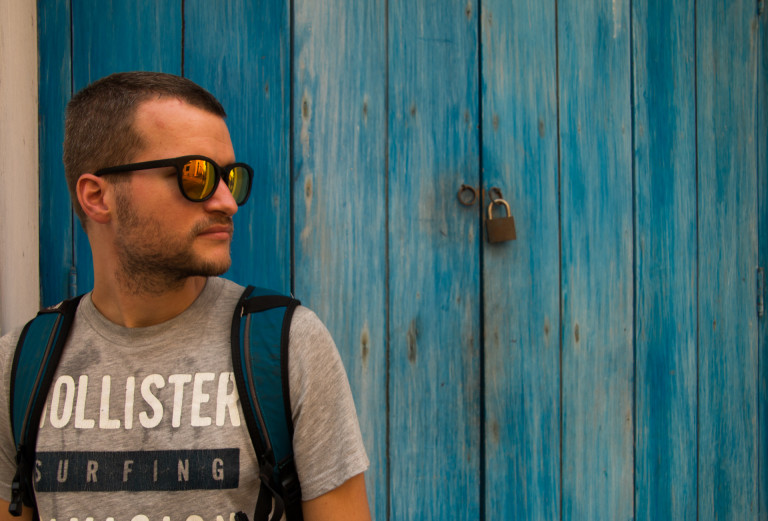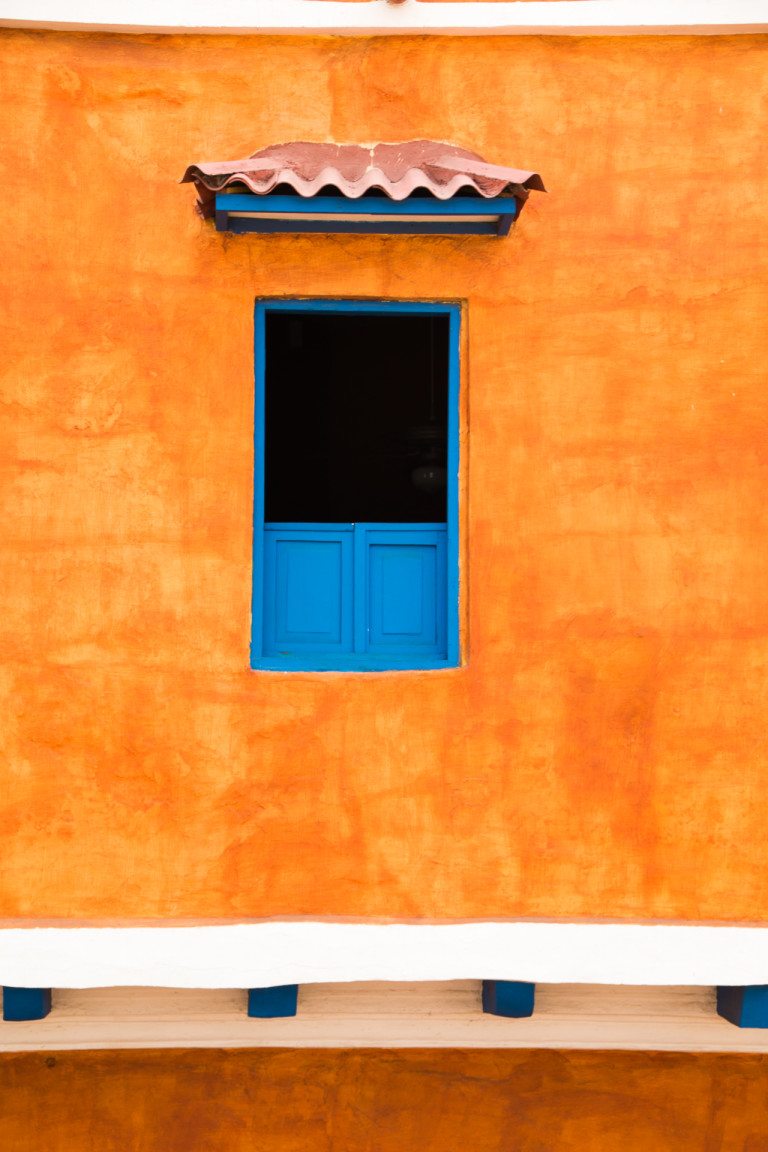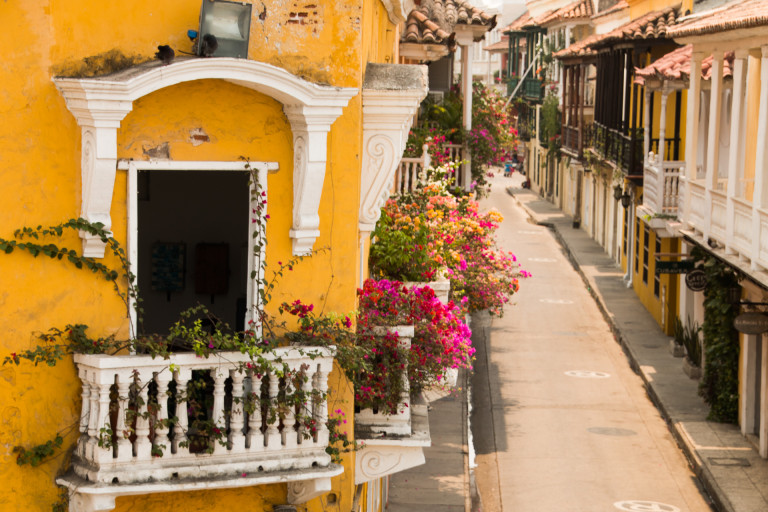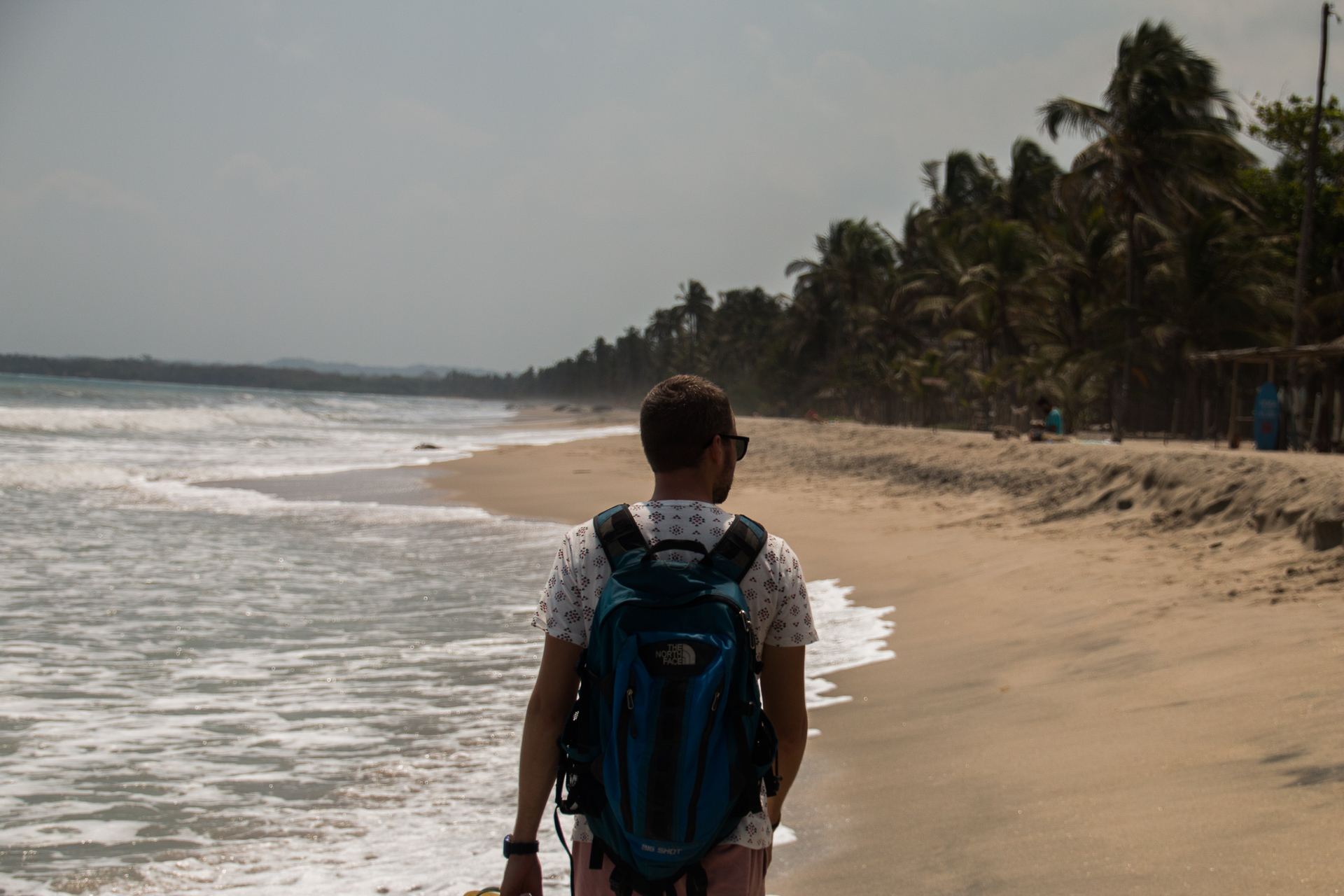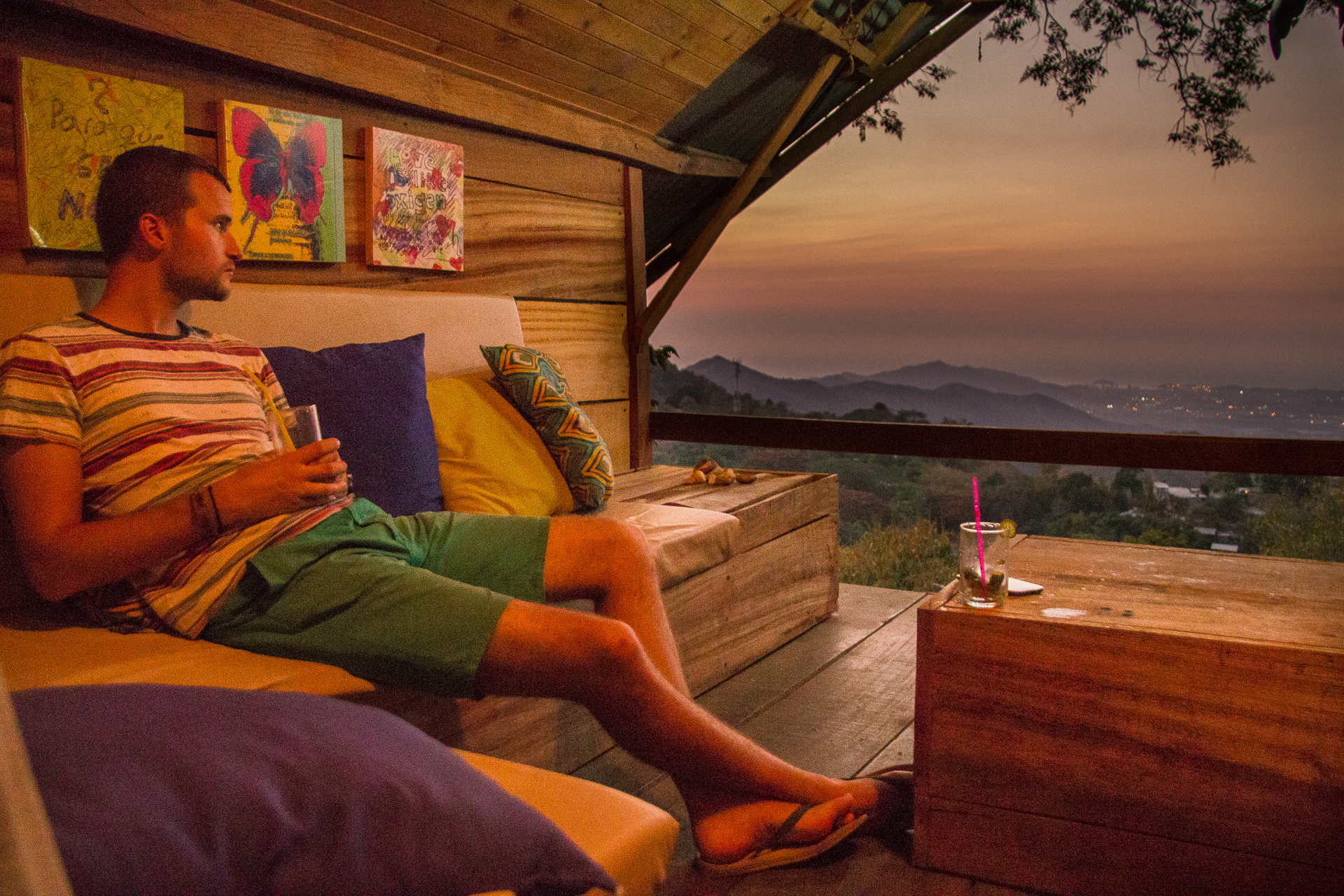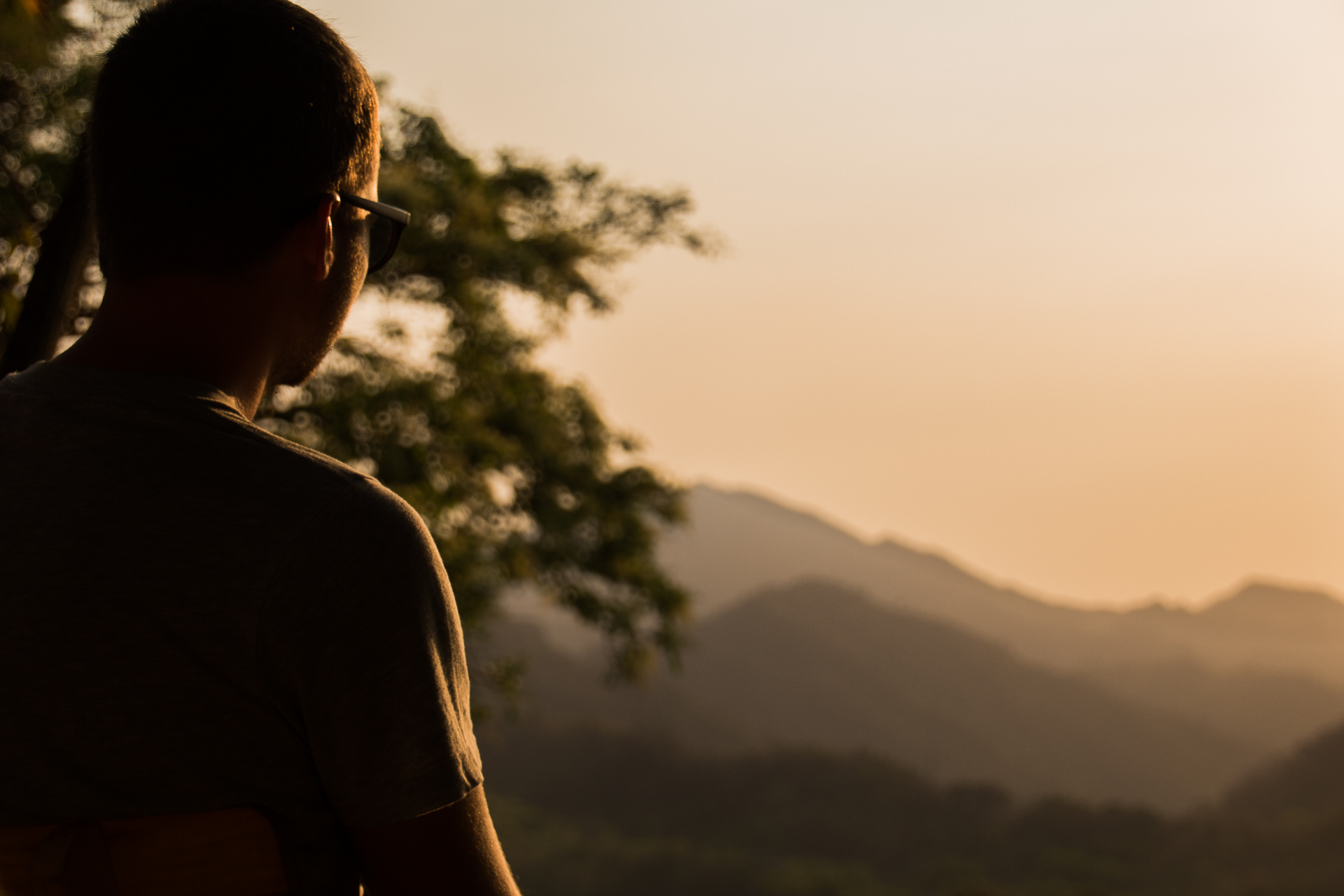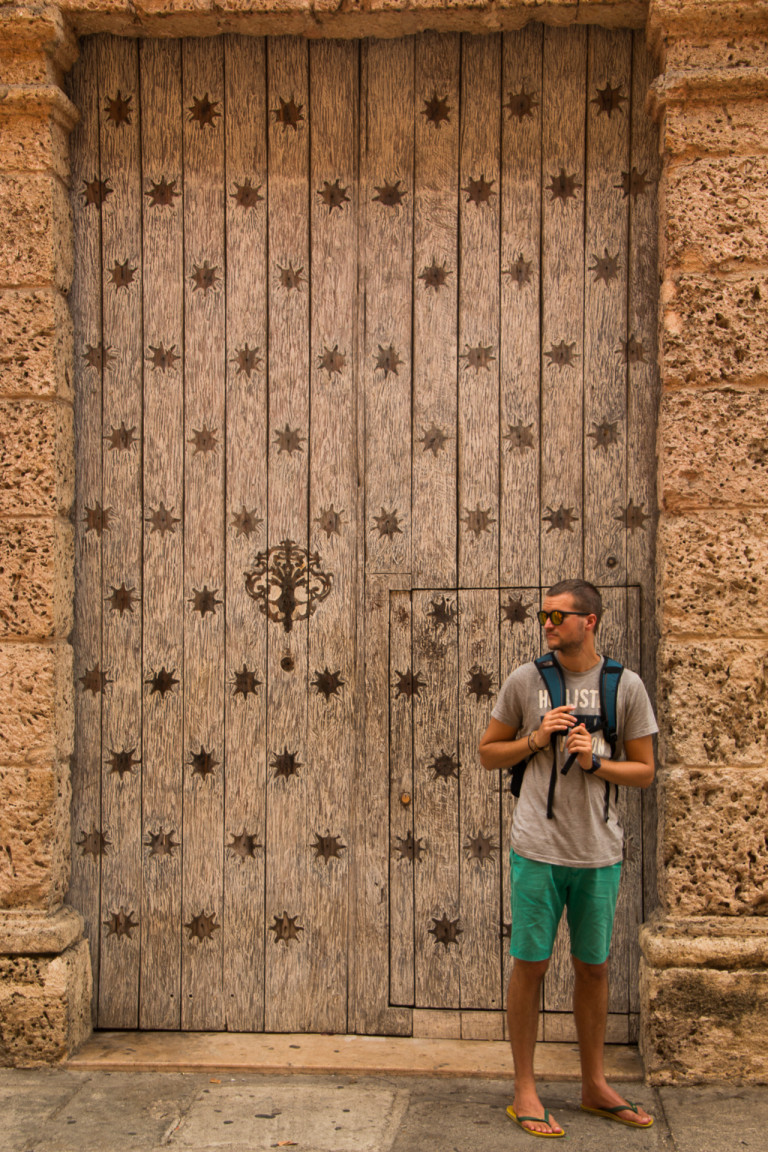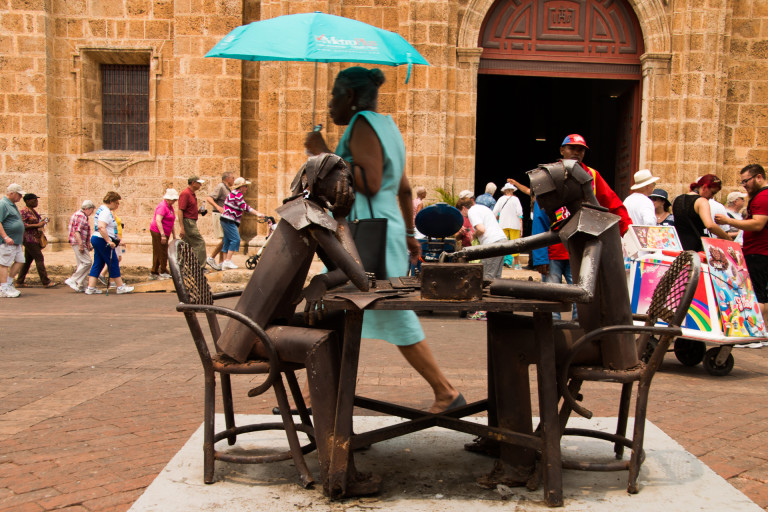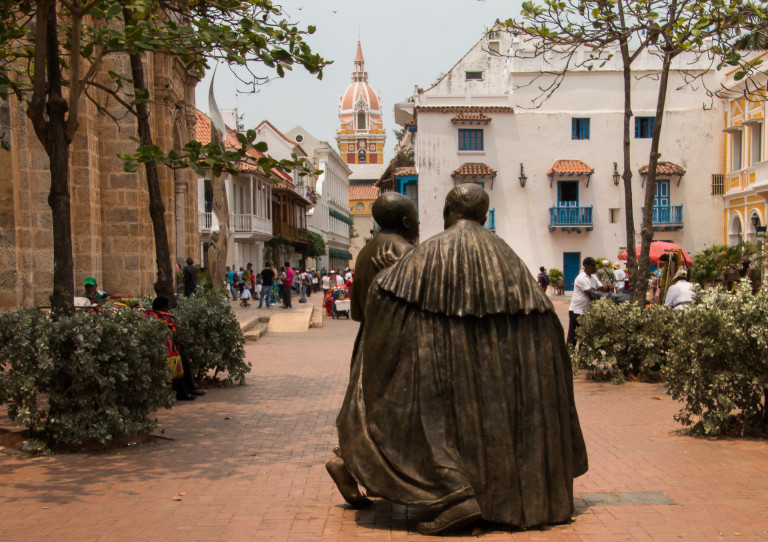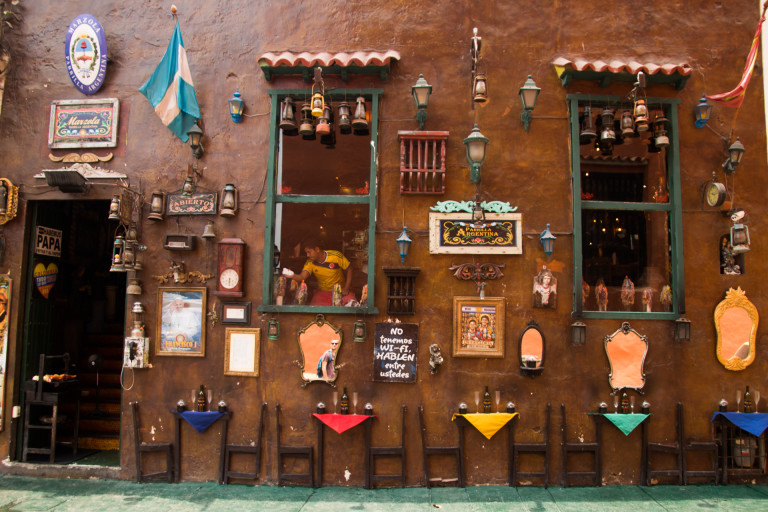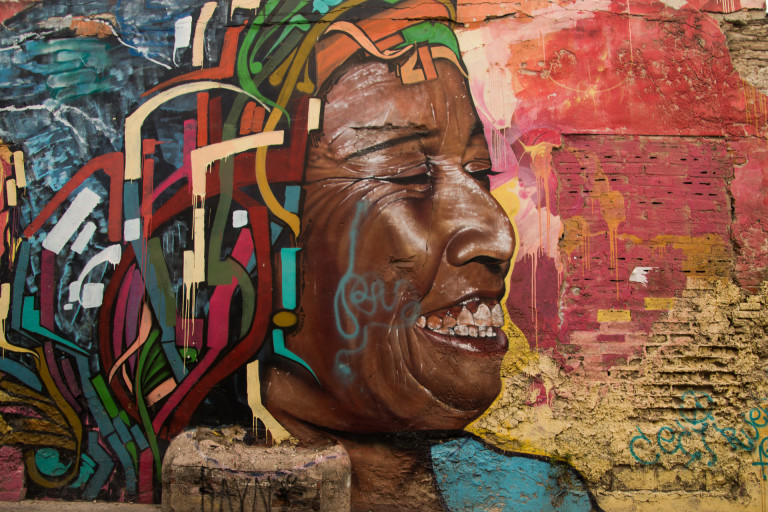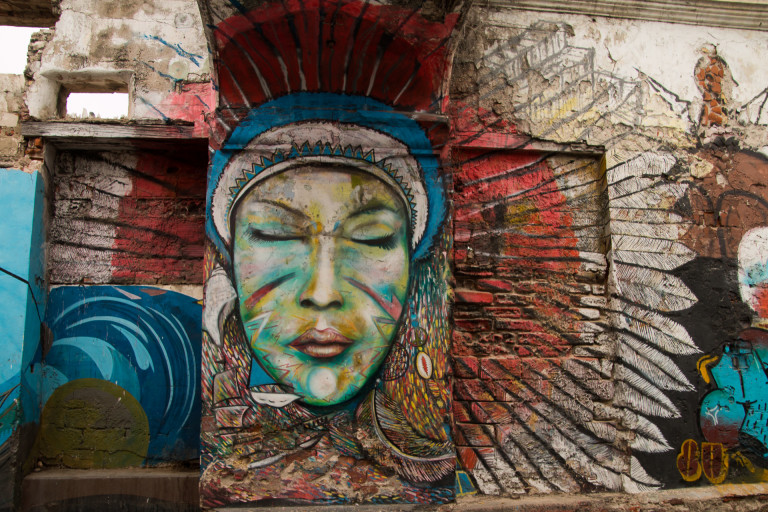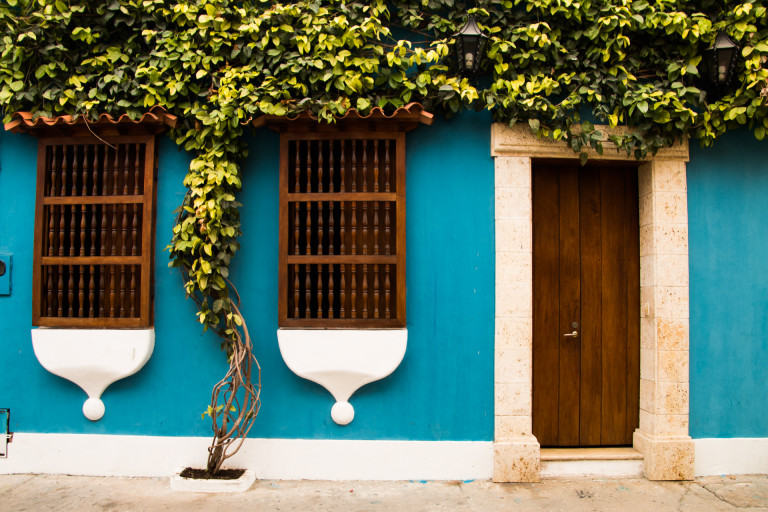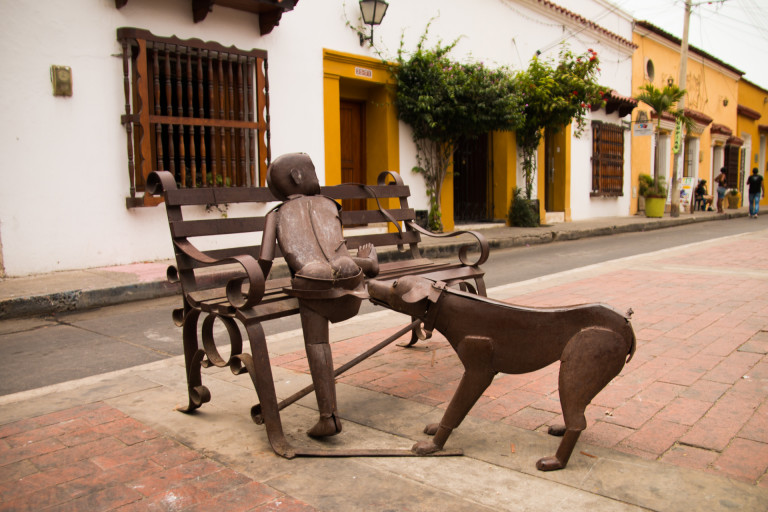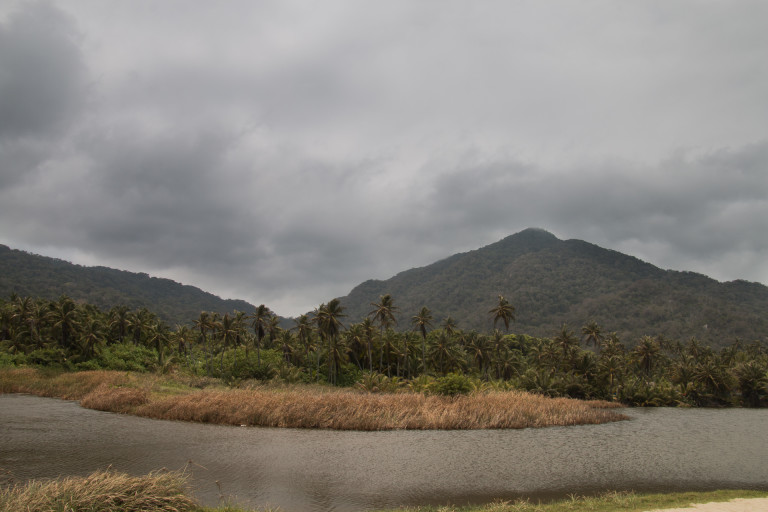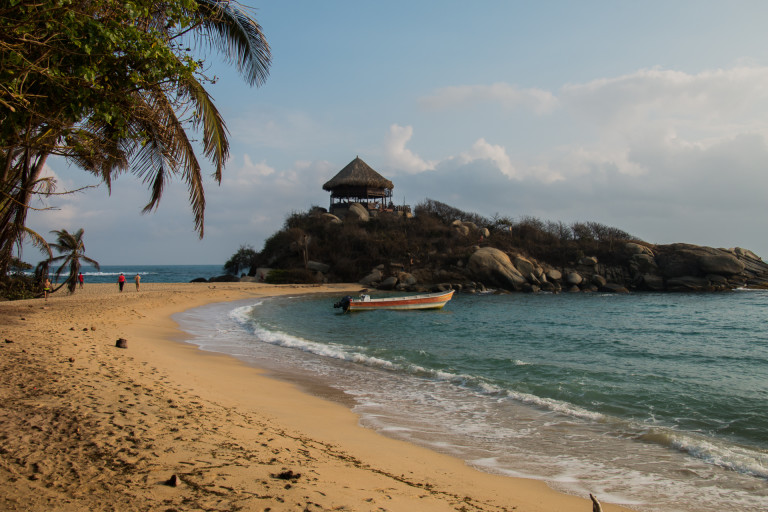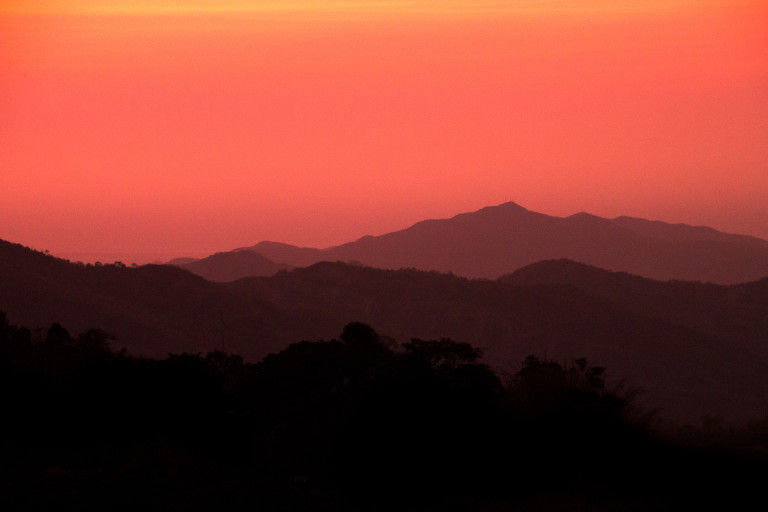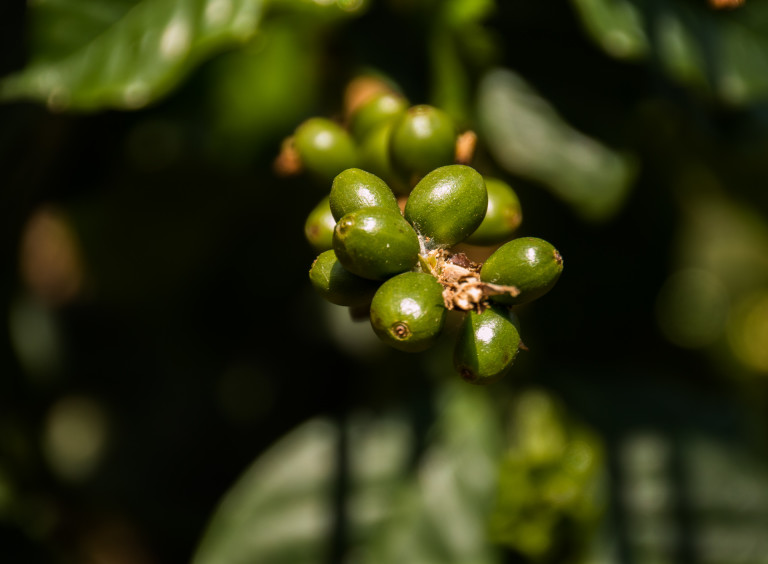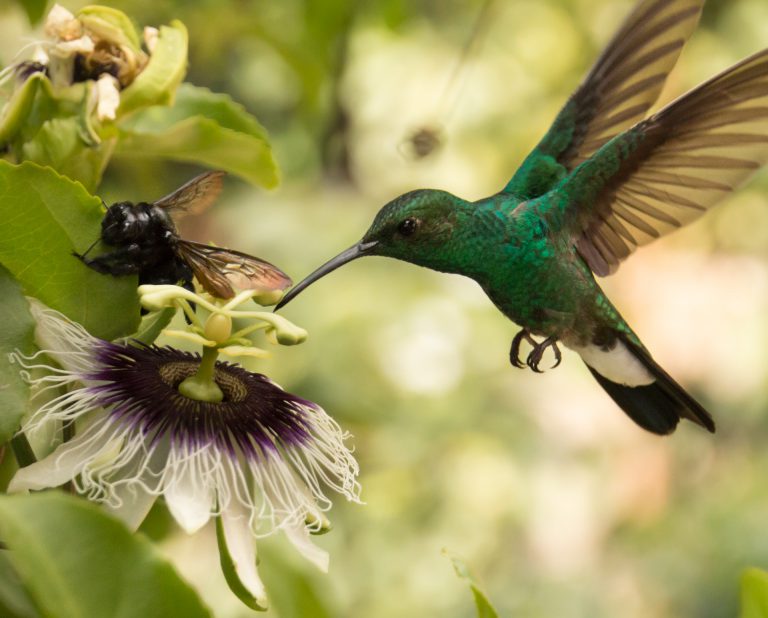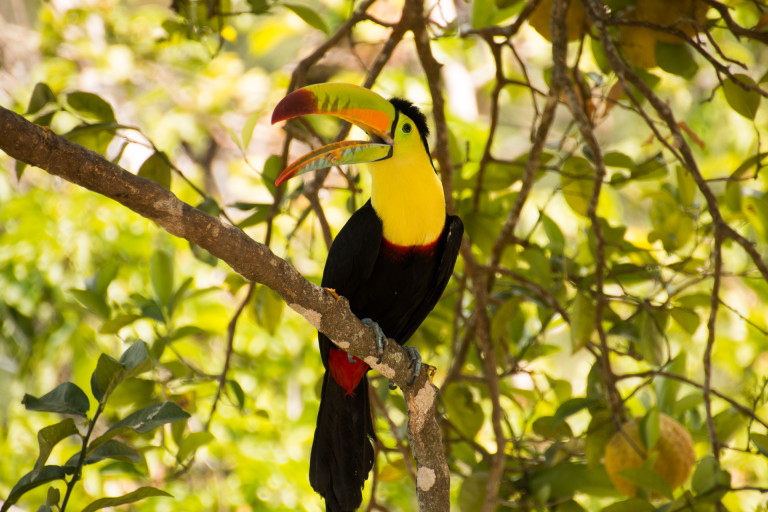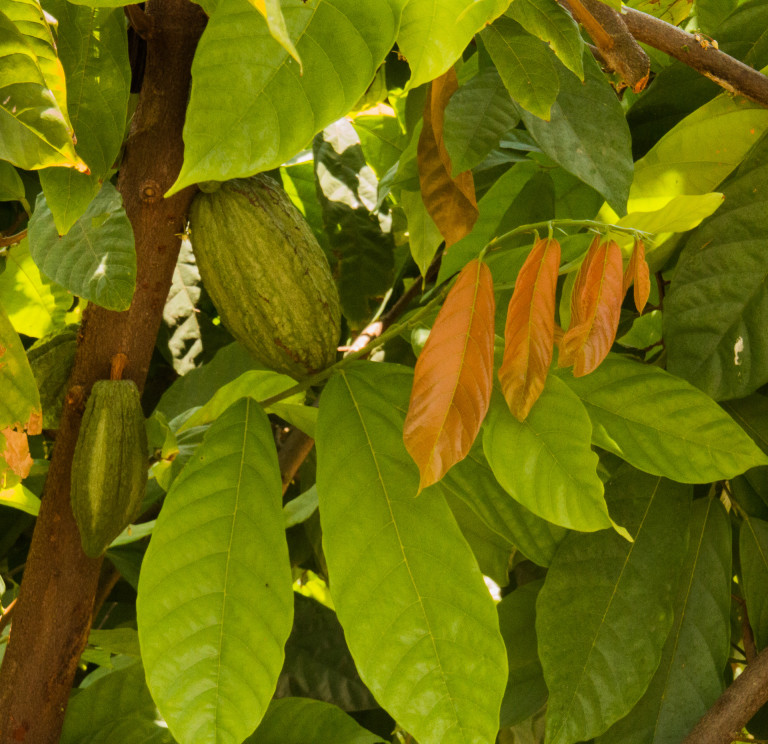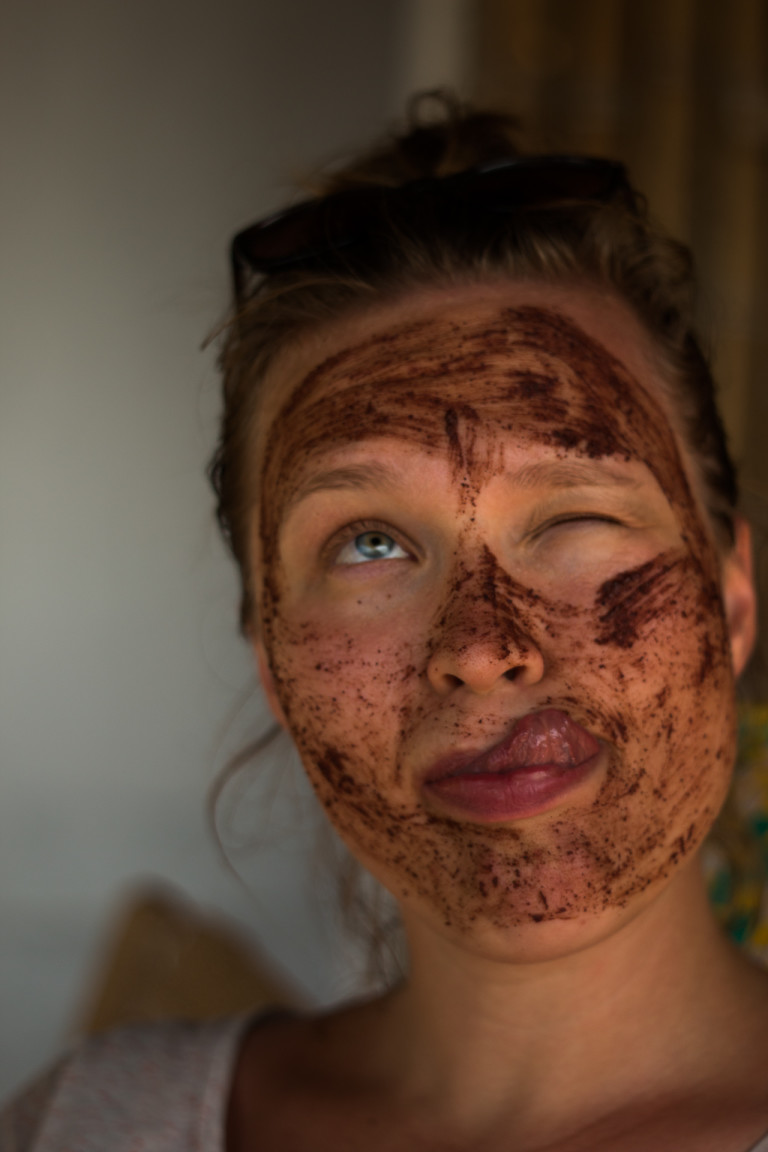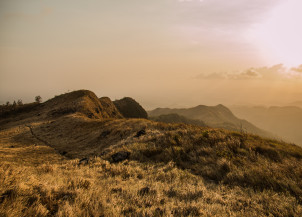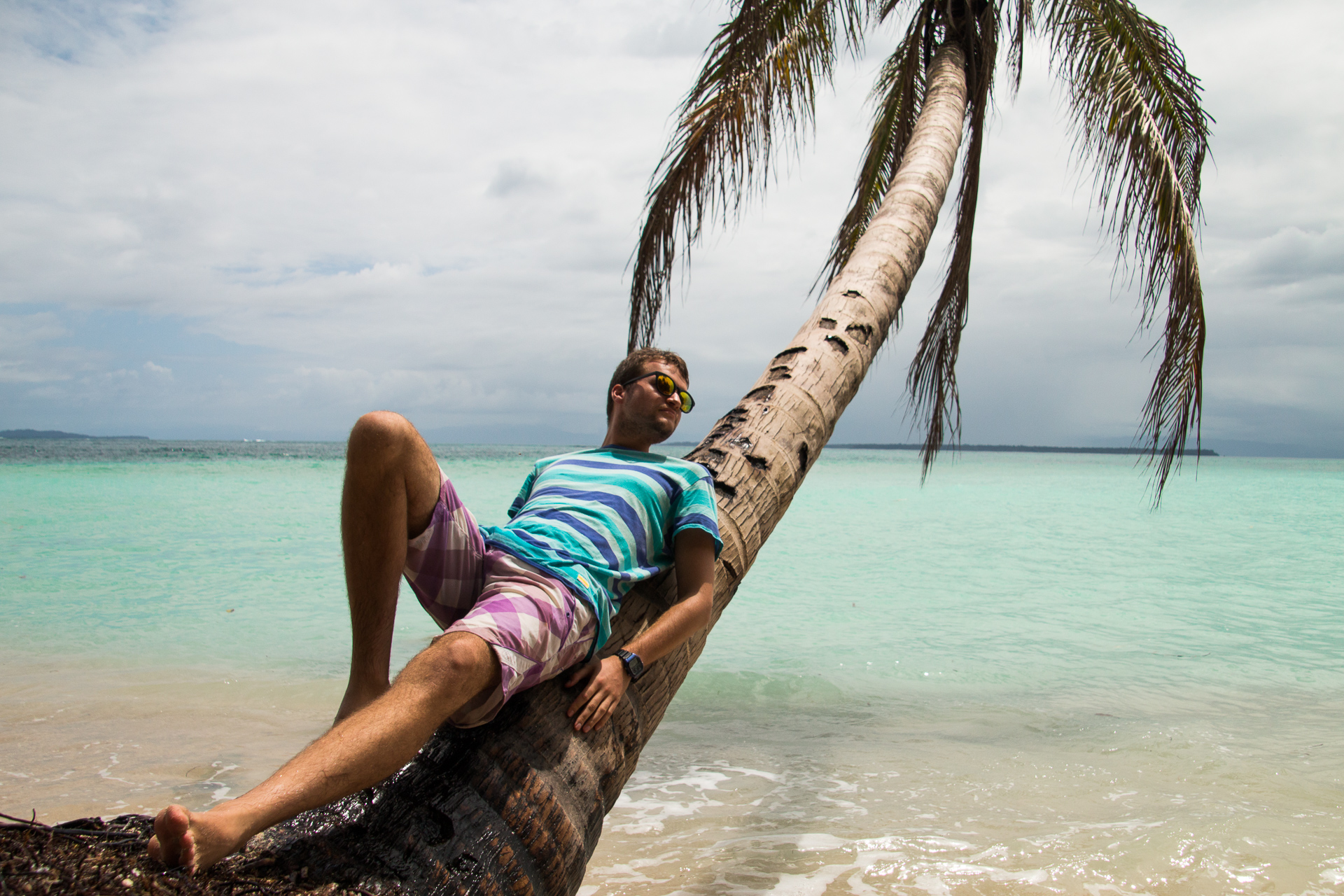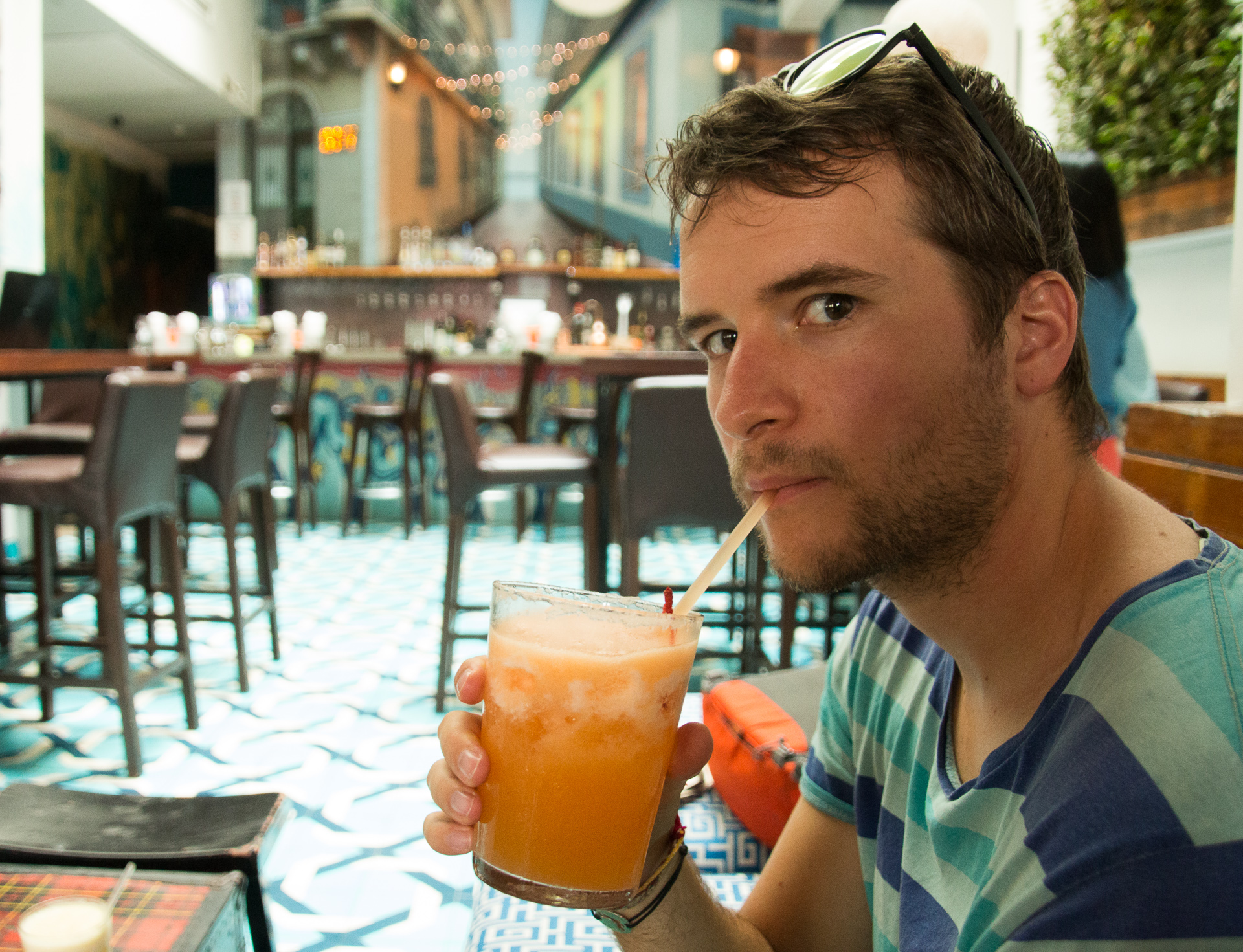Vigo… definitely not a top tourist attraction. No fancy cafeterias (well not many), not an extraordinary archit
ecture (nothing you wouldn’t see in Santiago or other Galician towns), not even any breathtaking museums but... it’s just authentic. Cheerful people, great food
everywhere, superb wine and rain:) and all of that stretched on many hills, all up and down, up and down… Probably to give opportunity of burning some calories gained in many homie restaurants. Vigo is also a gate to paradise- Islas Cies, very picturesque islands that look just like the ones in the Caribbean just with less garbage and ice water.
Although Vigo has a lot to offer we came here to meet up with my very good friend. I met Marta years ago when I was studying with her in Santiago. I was a foreigner, she wanted to be a foreigner in Poland. Both with tendency to be unrealistically optimistic and full of dreams of adventure and travel. Obviously we became friends. The four of us, The Martas and our down-to-earth boyfriends hit the road to see the beauty surrounding Vigo. Marta wanted to show us everything but the day only had 24hrs so we saw only the  best of the best. And there is nothing better than a beer in charming town with stone houses like Pontevedra. All of the restaurants and cafeterias outside were adding
best of the best. And there is nothing better than a beer in charming town with stone houses like Pontevedra. All of the restaurants and cafeterias outside were adding
to the atmosphere and they were pleasantly busy, not too little people to feel it’s deserted but not too many to get mad that there was no place. And things got even better with laughs and food in Marcos home village, Poio. The octopus, the wine, the chicken… mmmm all delicious. The desserts were to die for. We also passed through Combarro, which is considered the most beautiful village in Galicia… Well for me it’s one of those places where I think, “glad I saw it, wouldn’t kill myself to see it again”. Pretty little town but very touristic. Which I still can’t say about La Toja. This charming tiny island is so breathtaking with its church totally covered in Saint Jacobs shells. And still there is not a single soul to see it (expect for the 4 of us), just like those years ago when I studied in Galicia. Nice to see some things never change.
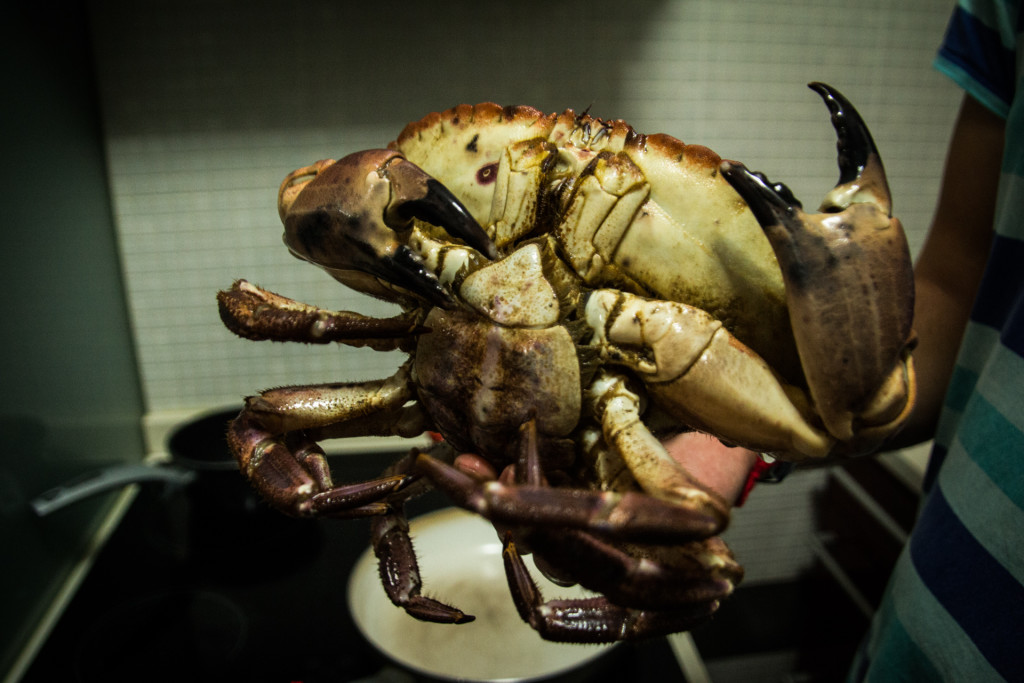
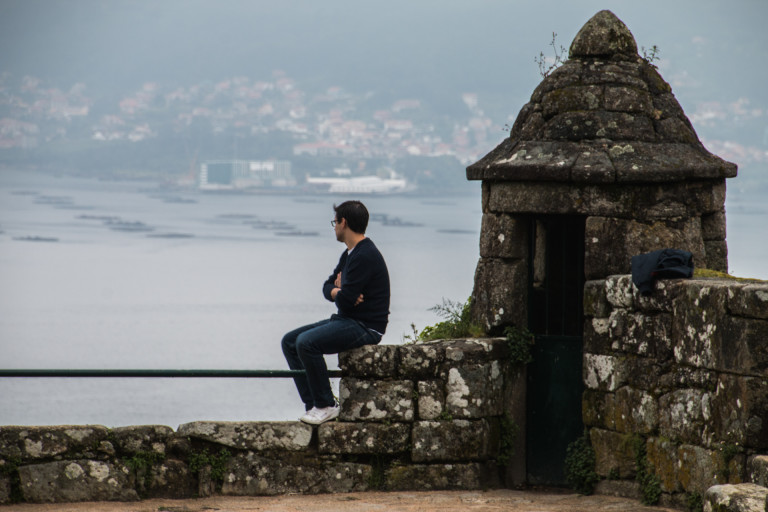
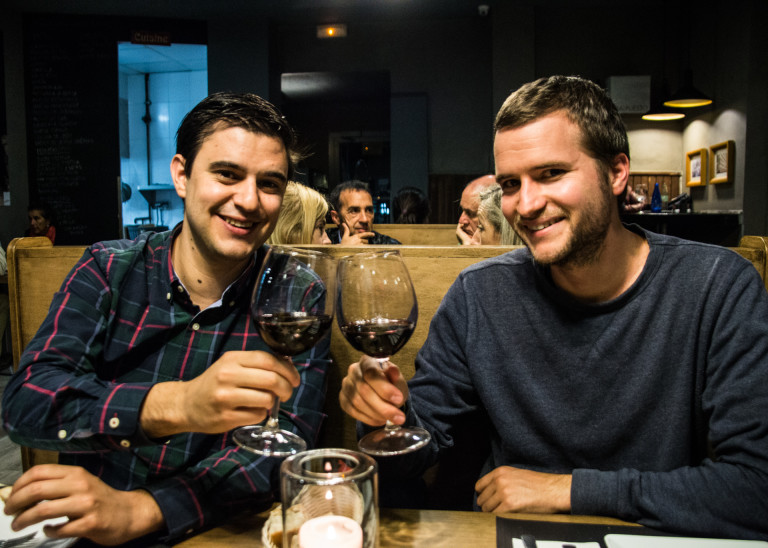
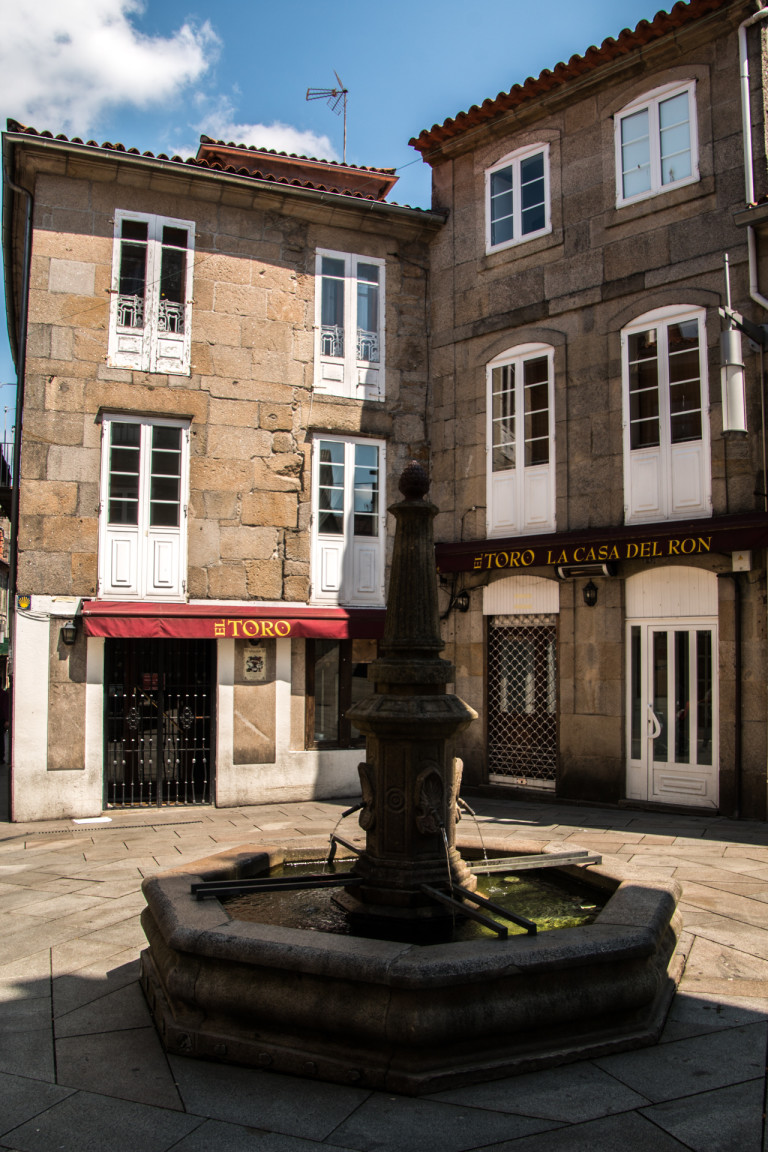
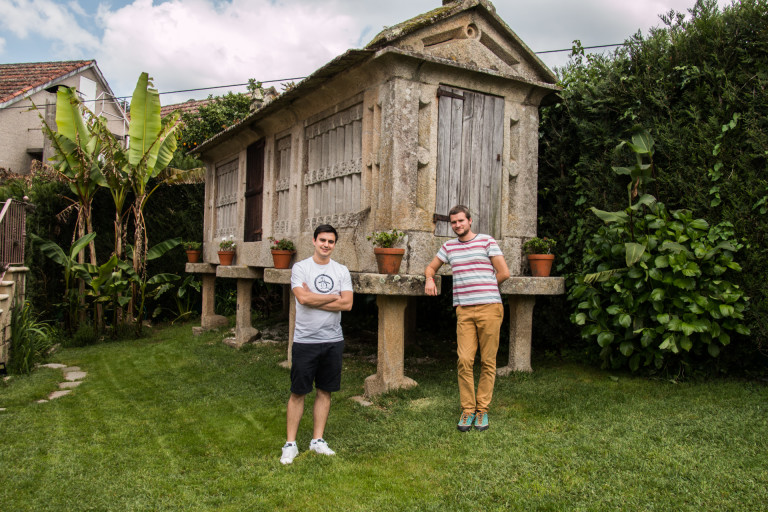
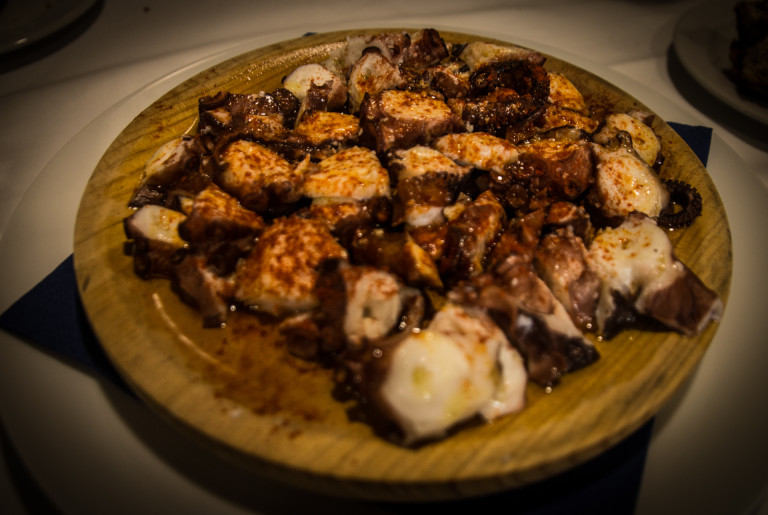
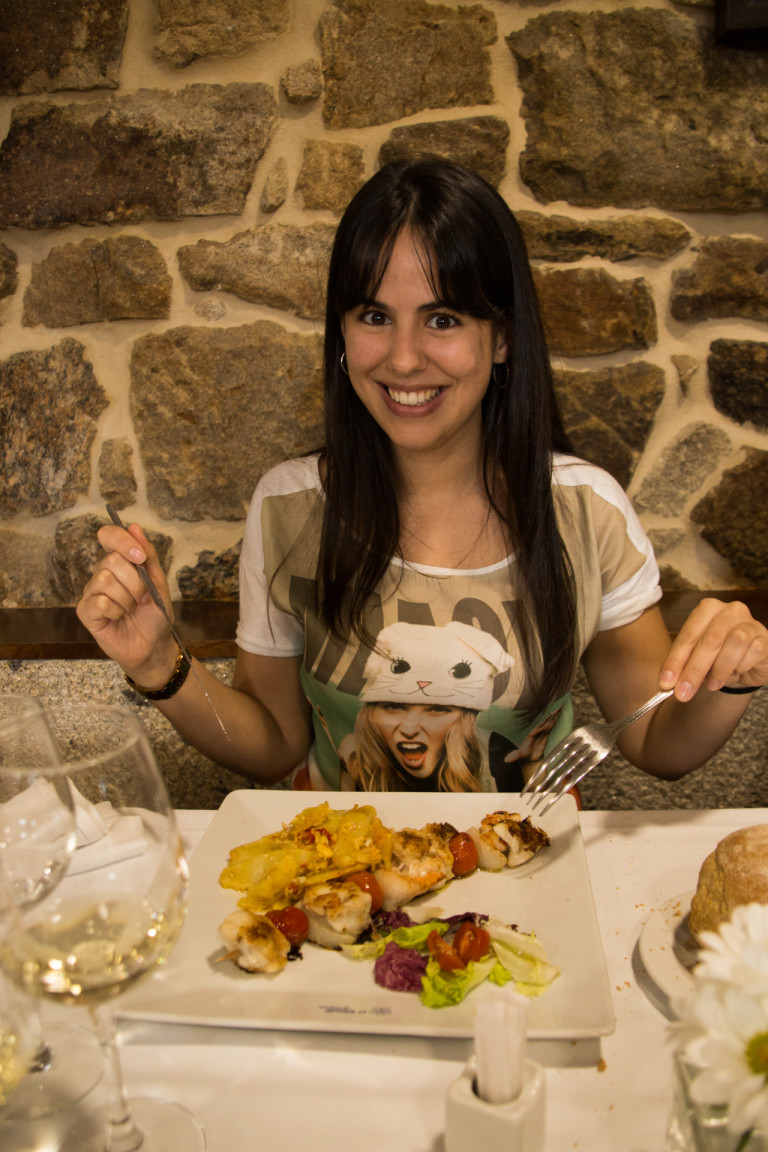
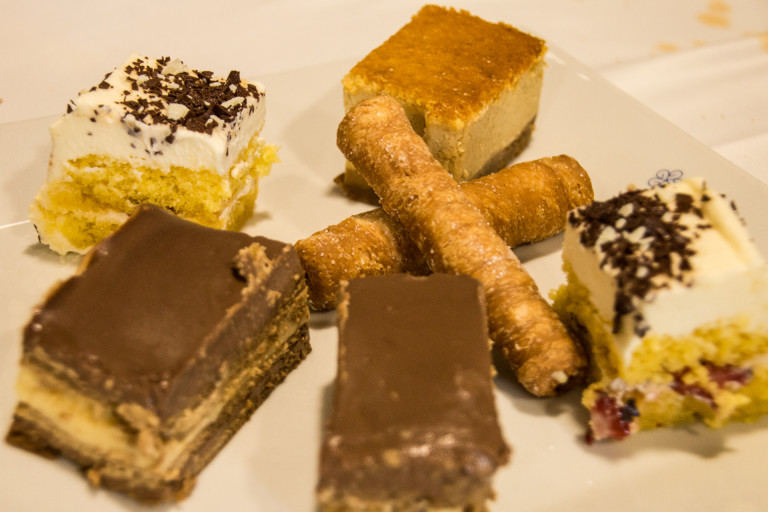
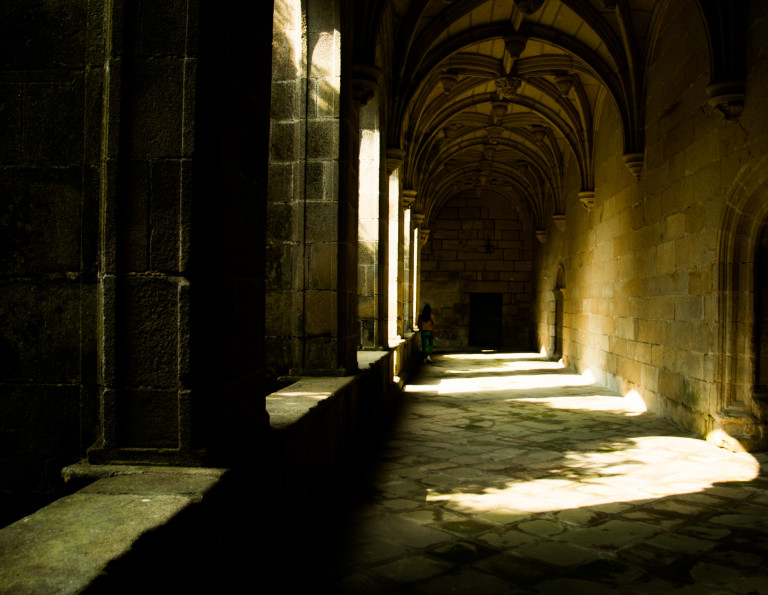
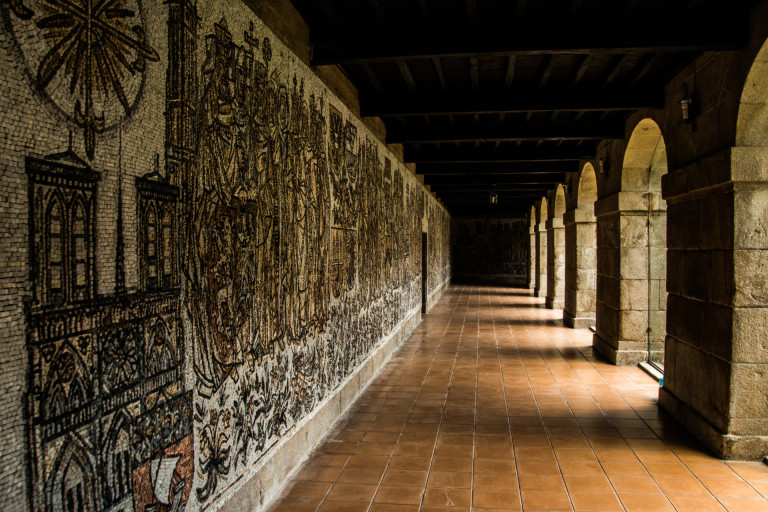
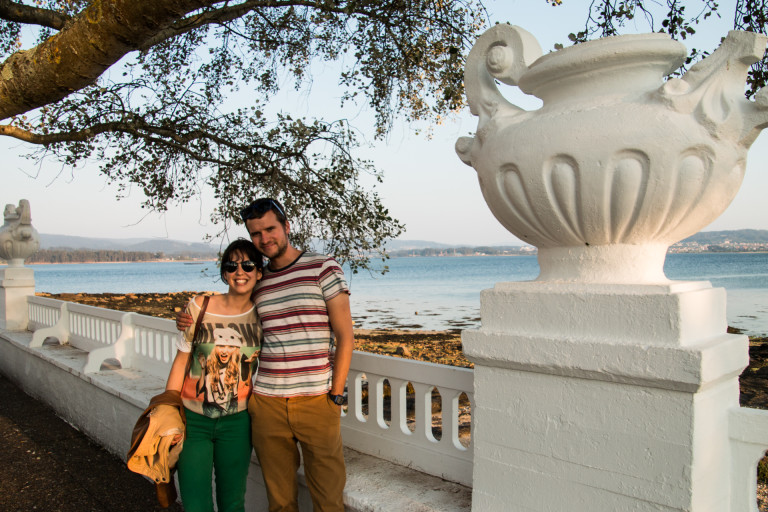
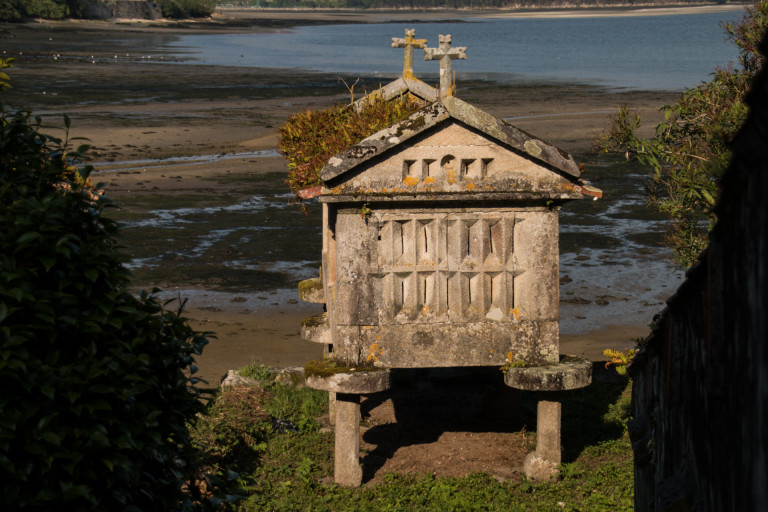
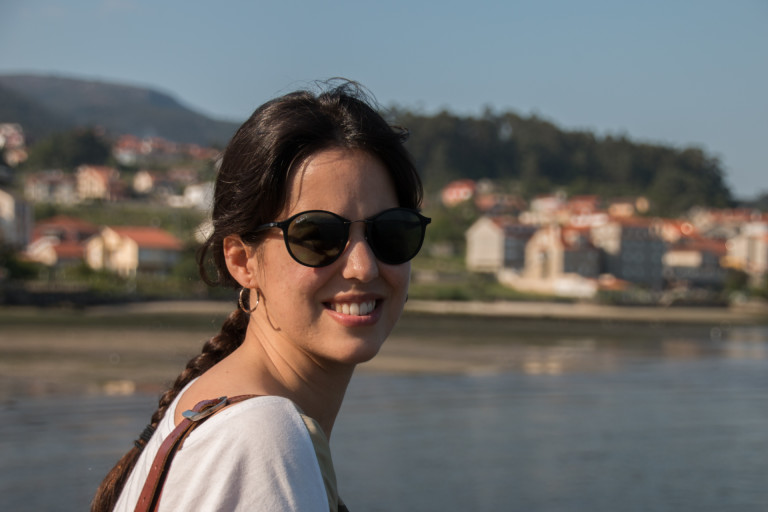
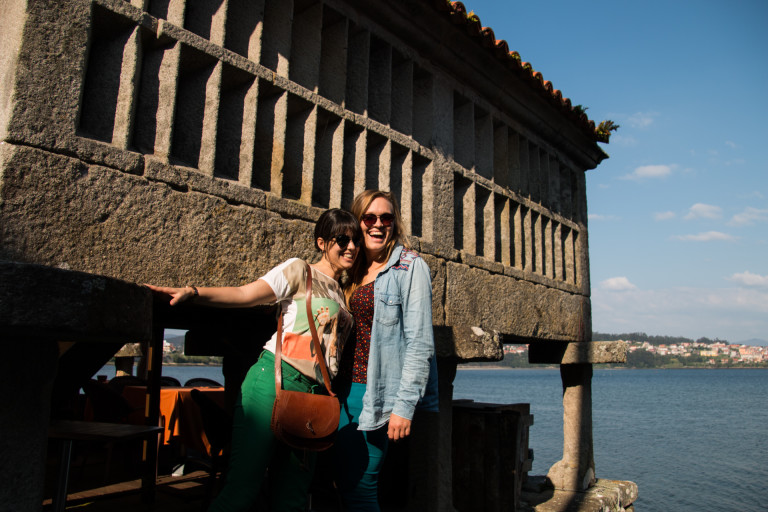
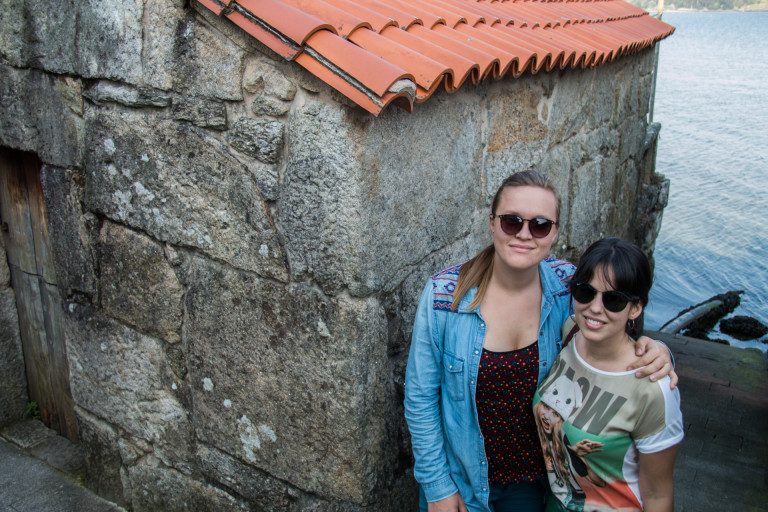
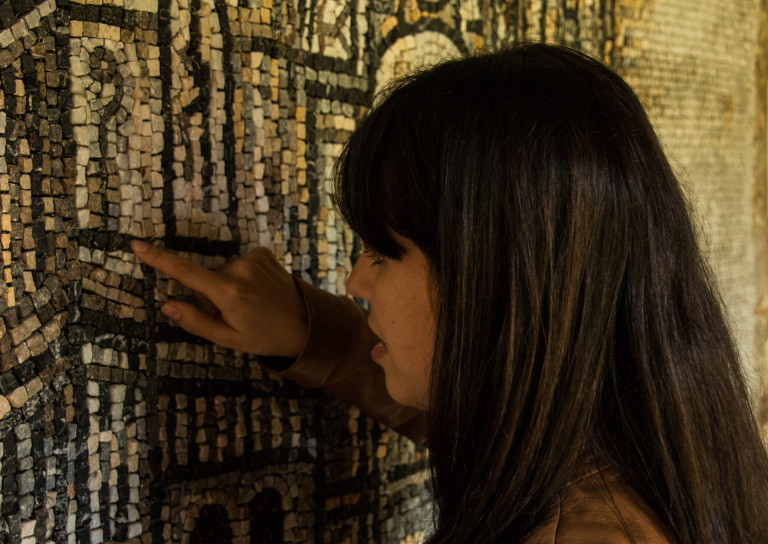
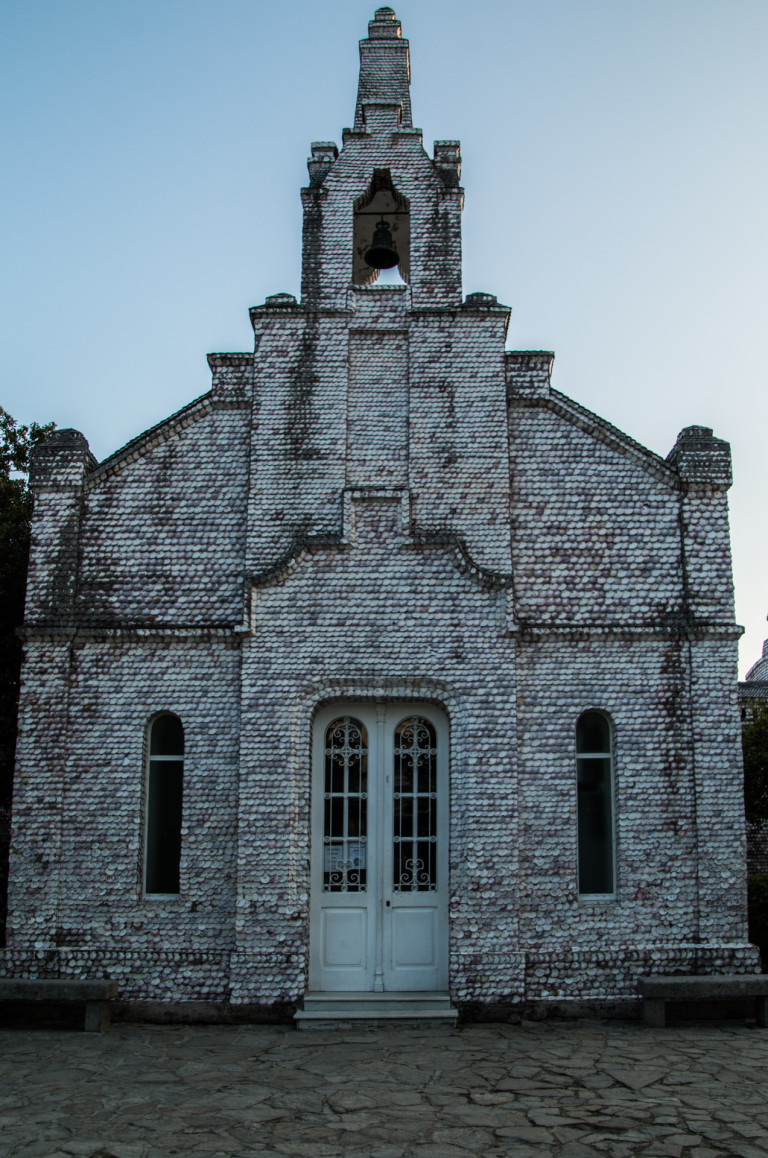
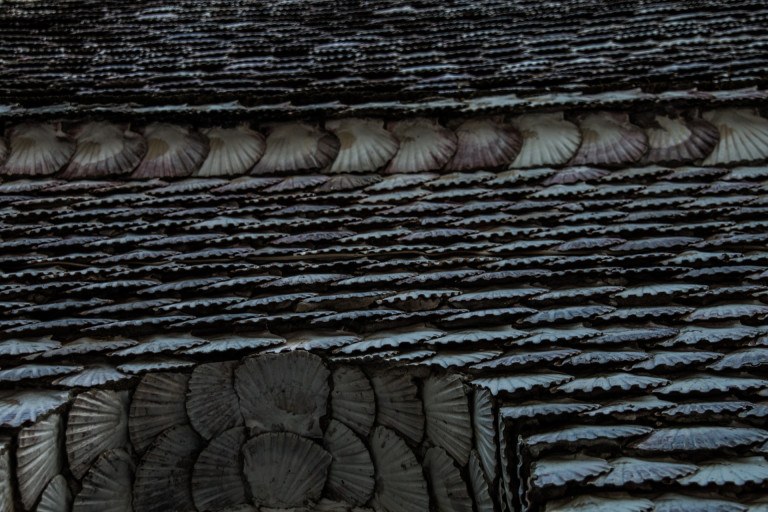
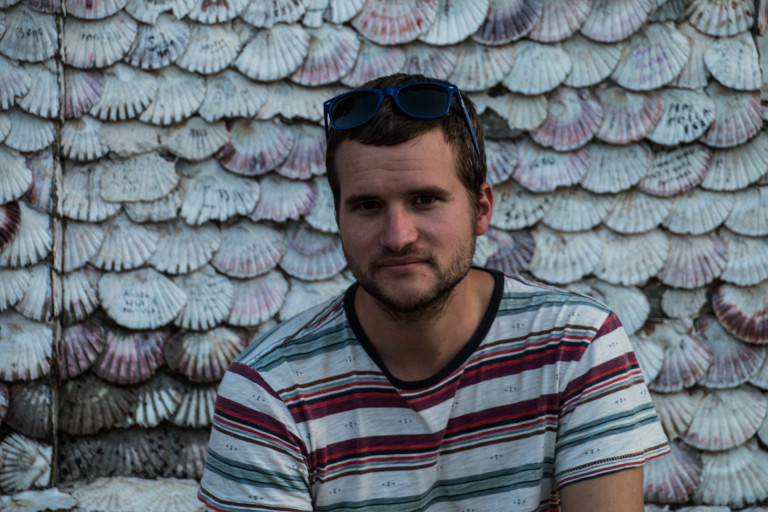
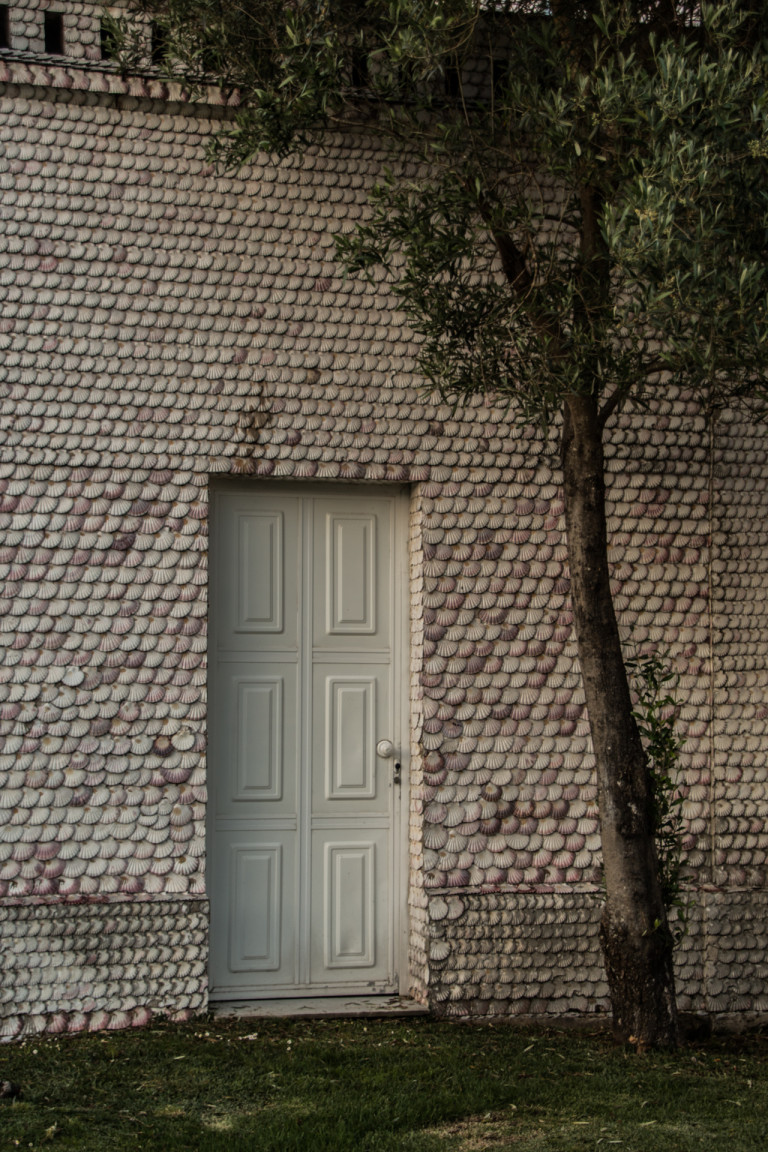
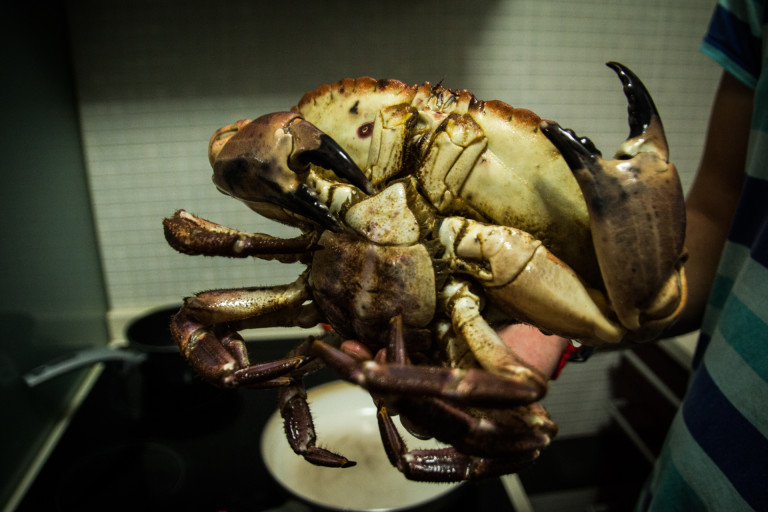
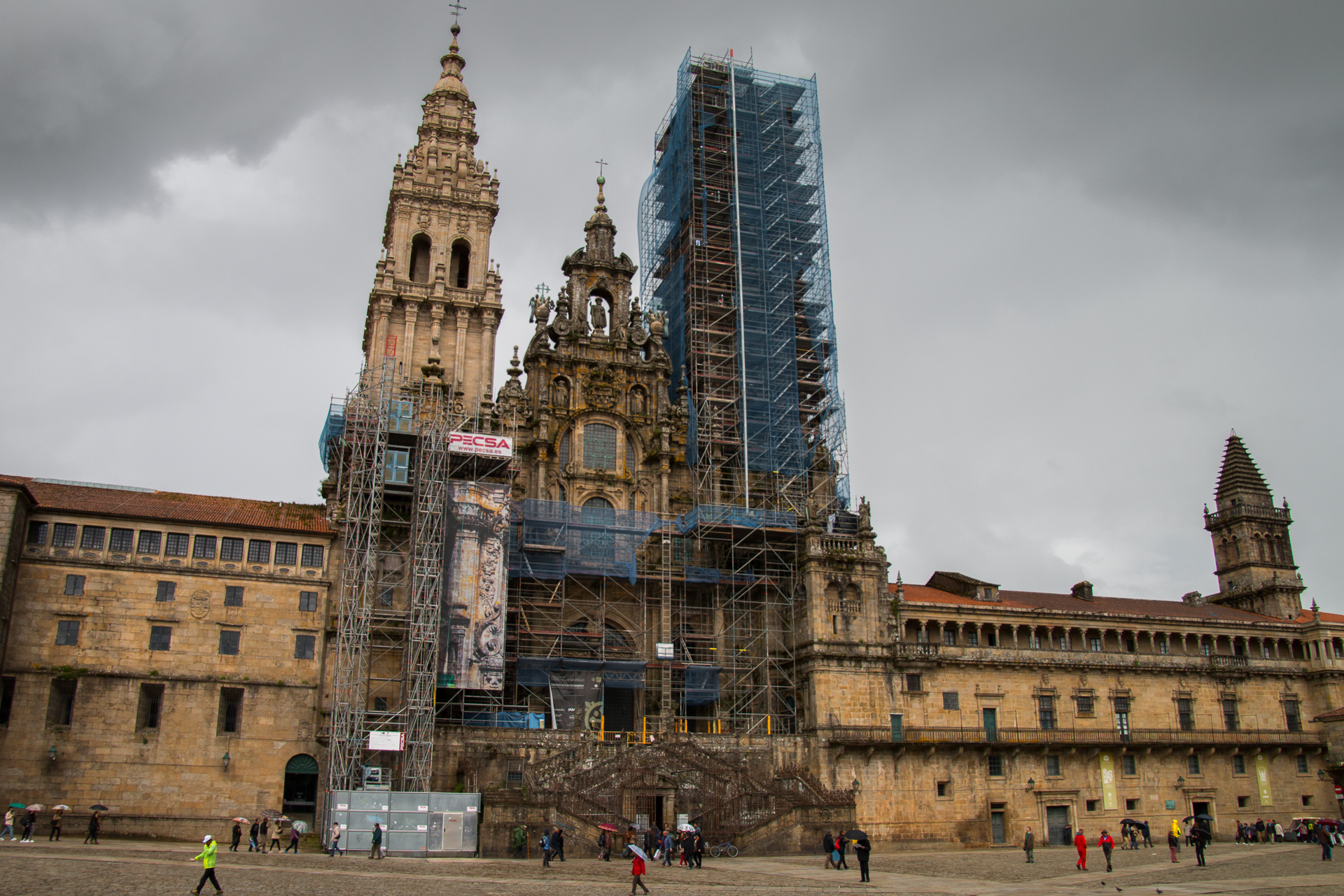
 of the best known cities in the region due to the Camino de Santiago, a pilgrim path. But it has way more to offer than just a stunning cathedral and the grave of Saint James. It is a vibrant city with a great atmosphere and even greater food surrounded by stunning architecture. Although cities like Santiago, Vigo, Coruna or Lugo are worth visiting the true beauty of Galicia is in its villages and forgotten places. To reach all of those grandmas and their amazing food and wine we rented a car as public transport in Galicia could be better… could exist to begin with.
of the best known cities in the region due to the Camino de Santiago, a pilgrim path. But it has way more to offer than just a stunning cathedral and the grave of Saint James. It is a vibrant city with a great atmosphere and even greater food surrounded by stunning architecture. Although cities like Santiago, Vigo, Coruna or Lugo are worth visiting the true beauty of Galicia is in its villages and forgotten places. To reach all of those grandmas and their amazing food and wine we rented a car as public transport in Galicia could be better… could exist to begin with. and wine for almost no money at all. And the views are just breathtaking and we didn’t have to share those views with anyone. We didn’t even have to share our hotel as it was totally empty but absolutely gorgeous!! Classic, stone building with amazing views and great stylish
and wine for almost no money at all. And the views are just breathtaking and we didn’t have to share those views with anyone. We didn’t even have to share our hotel as it was totally empty but absolutely gorgeous!! Classic, stone building with amazing views and great stylish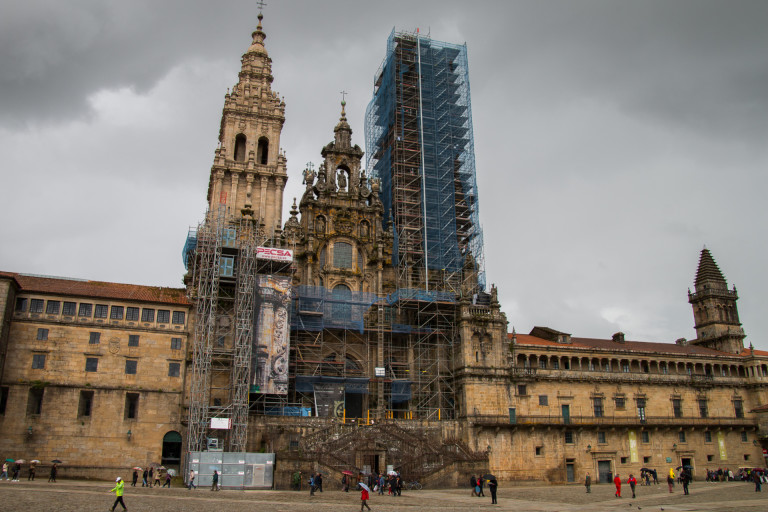
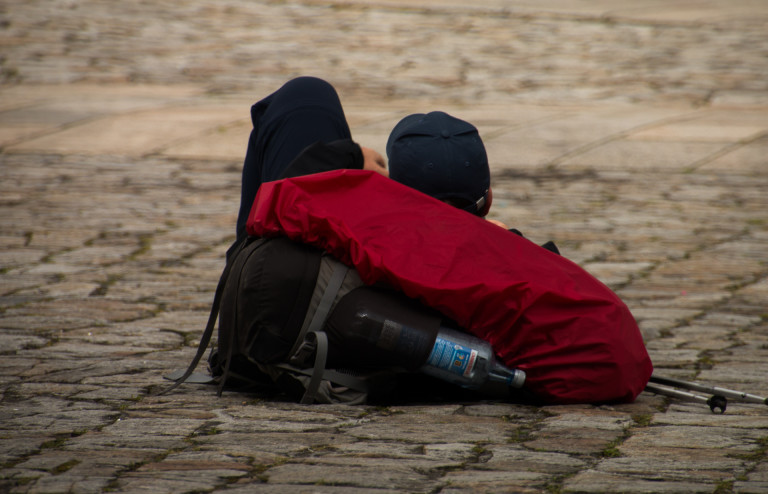
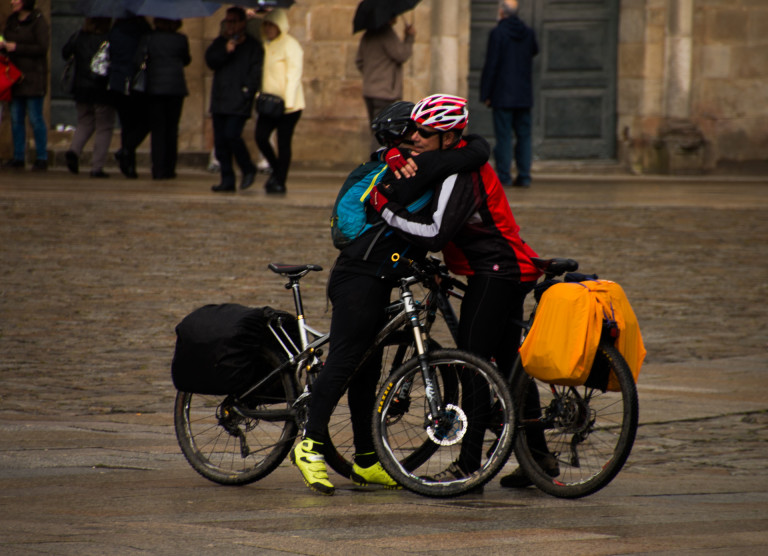
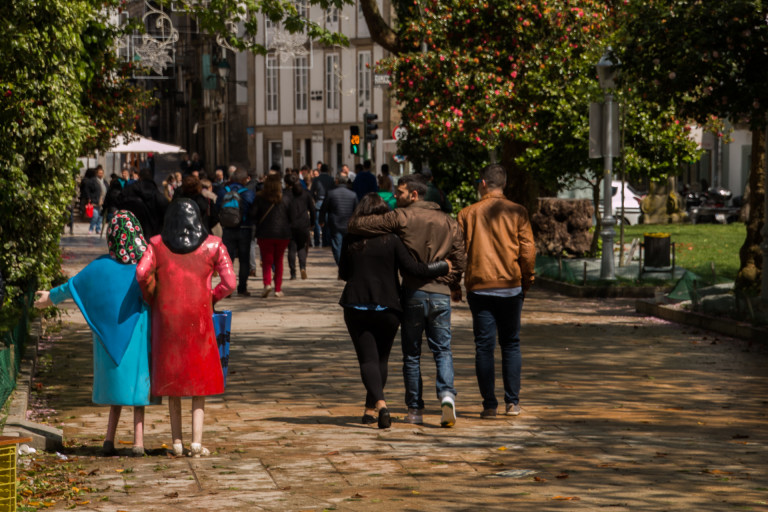
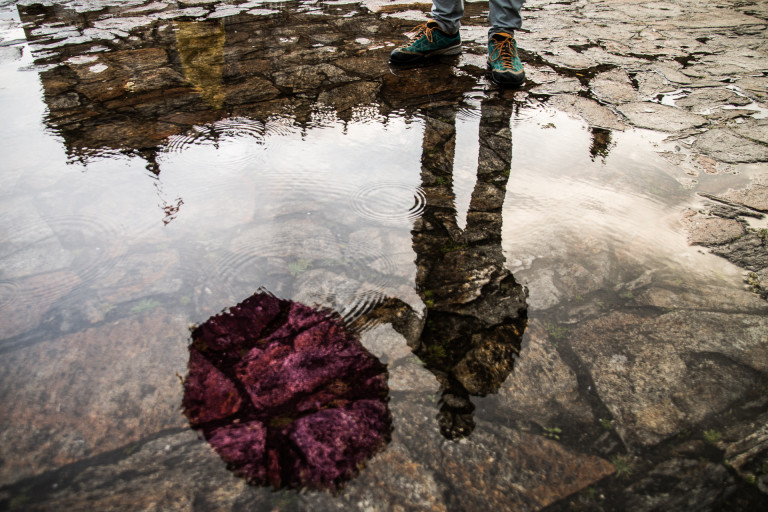
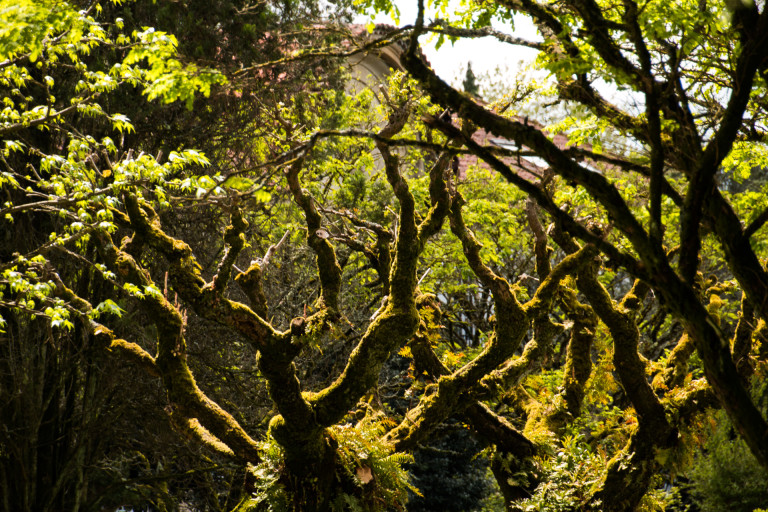
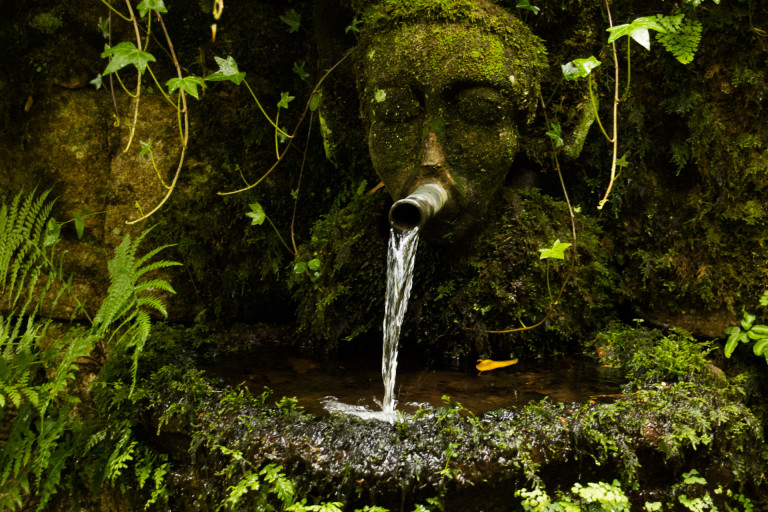
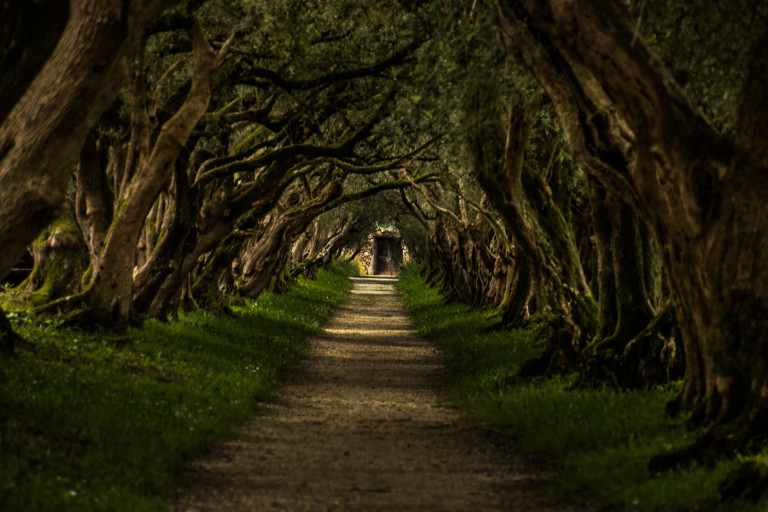
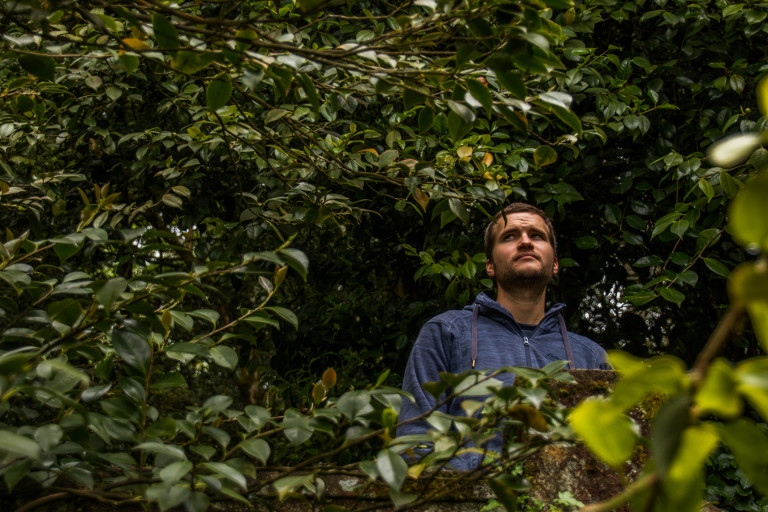
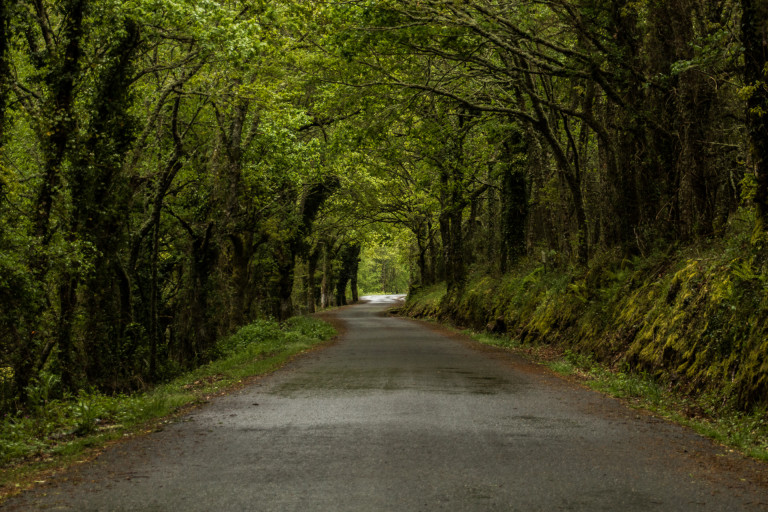
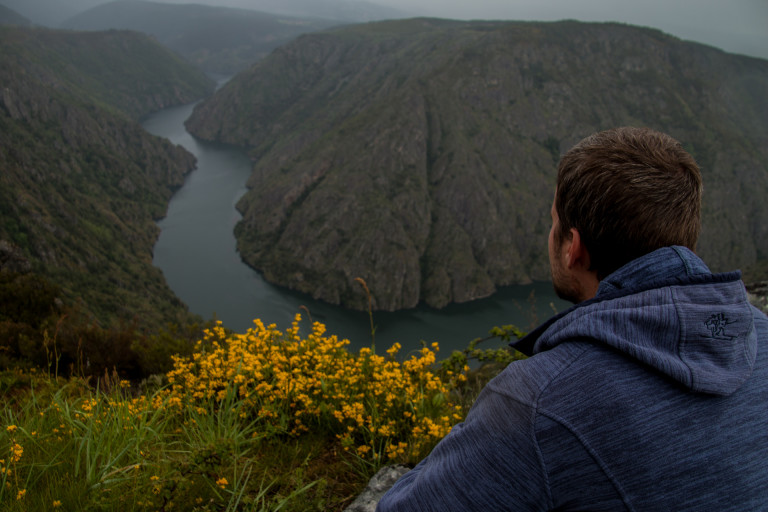
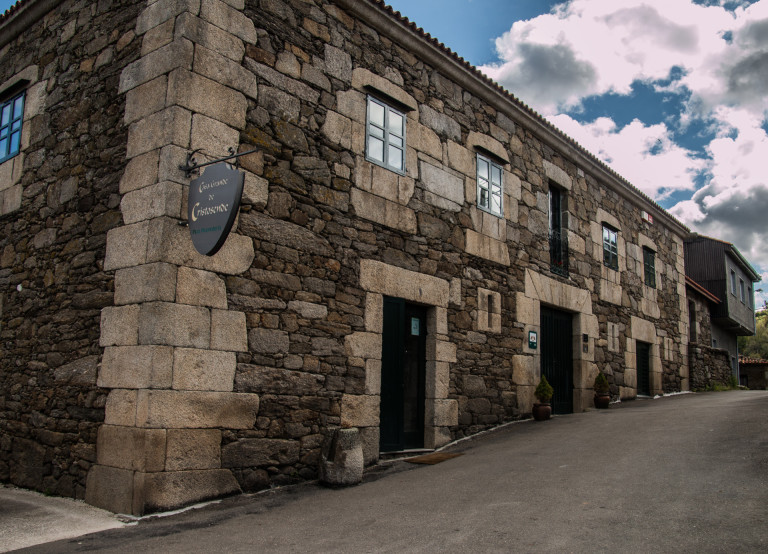
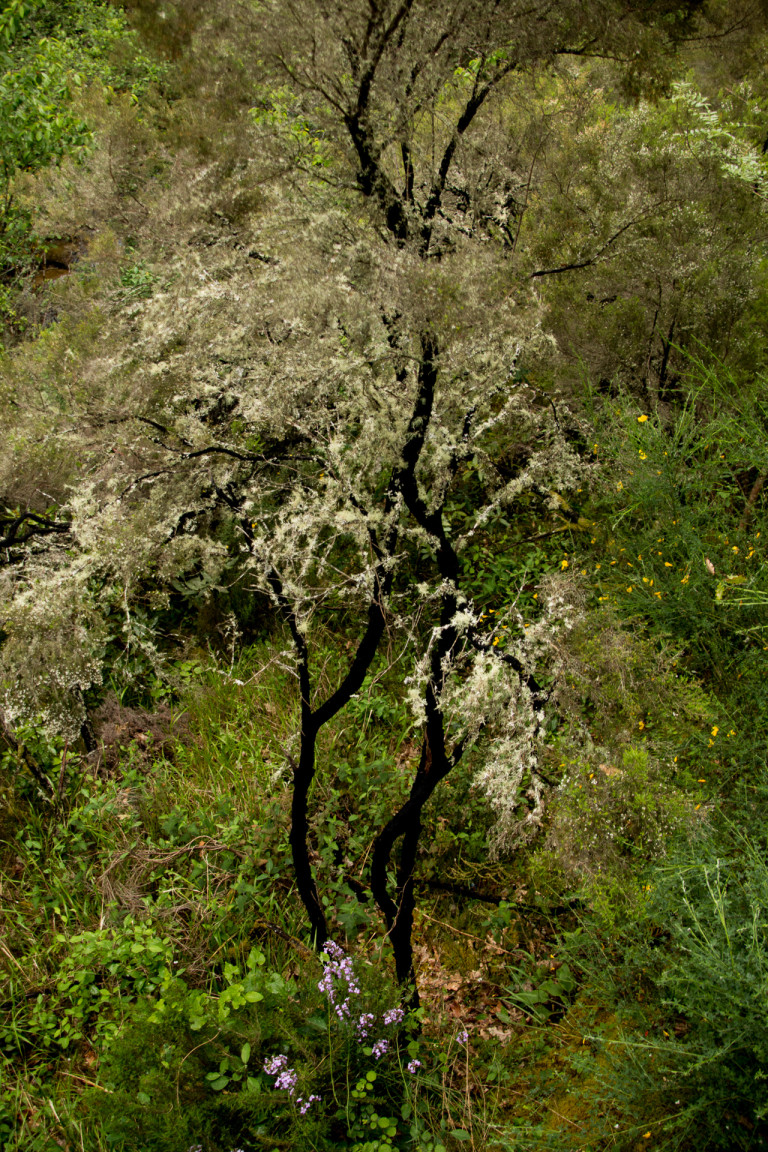
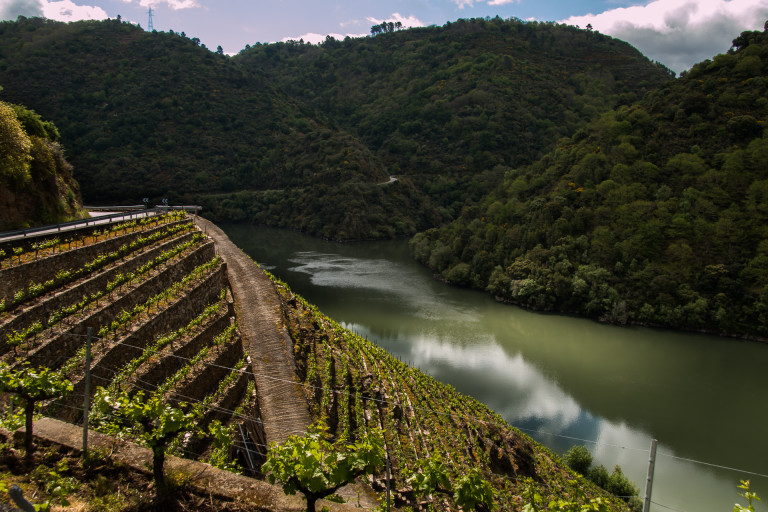
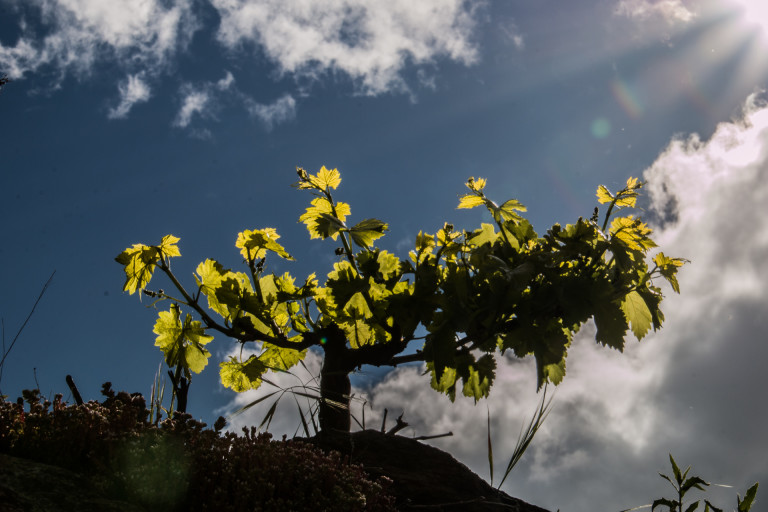
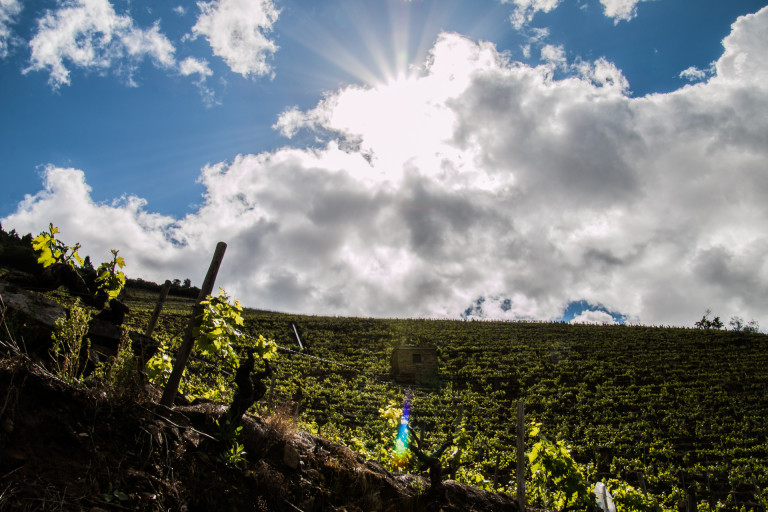
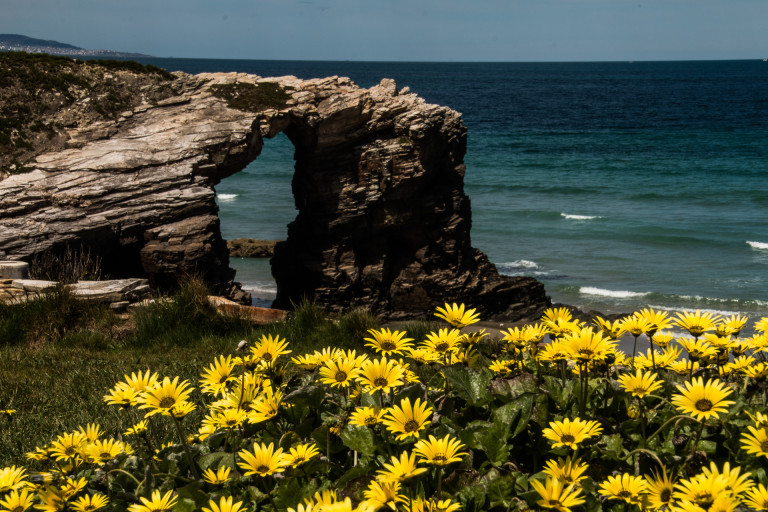
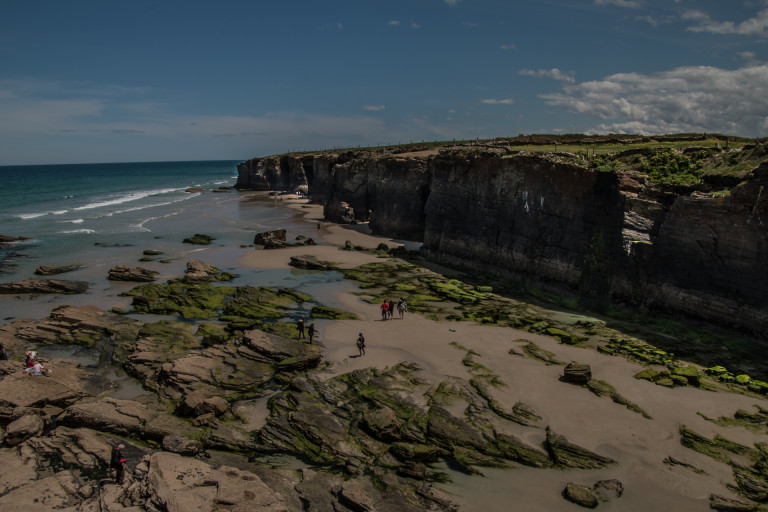
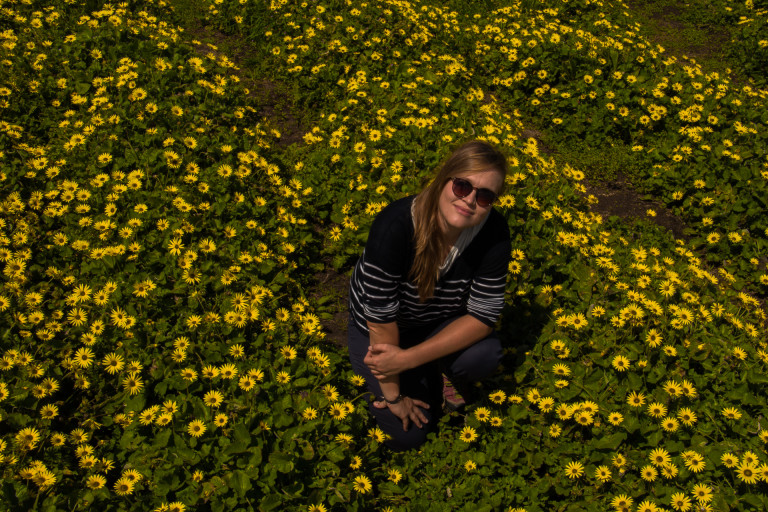
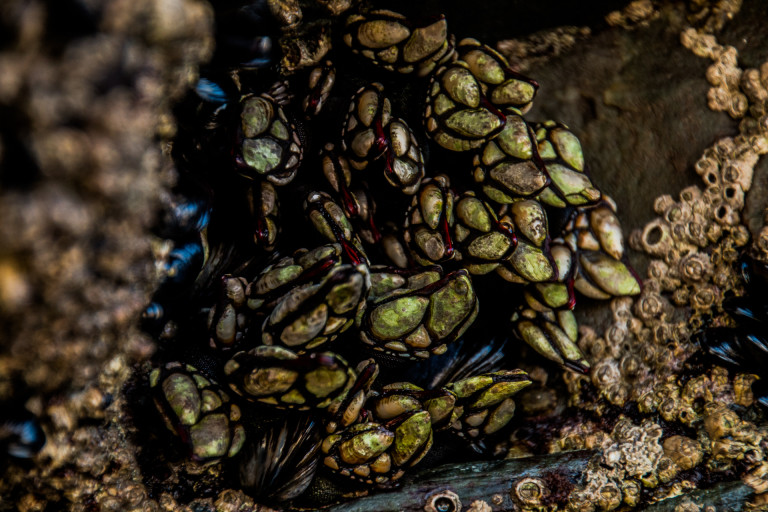
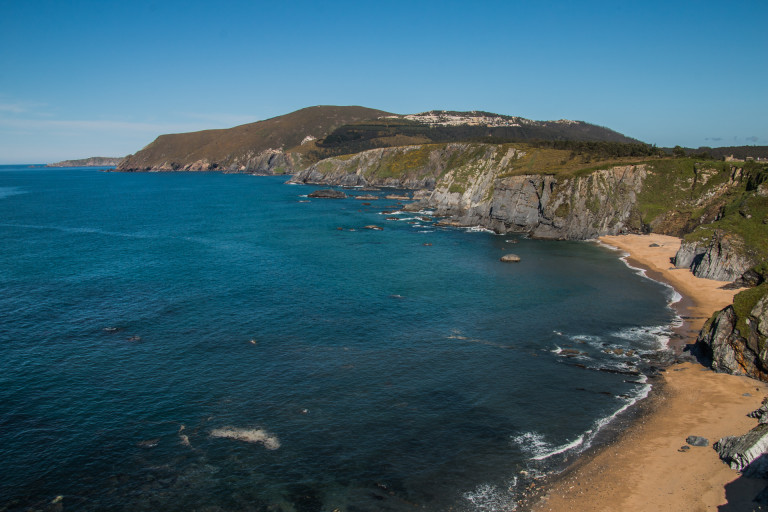
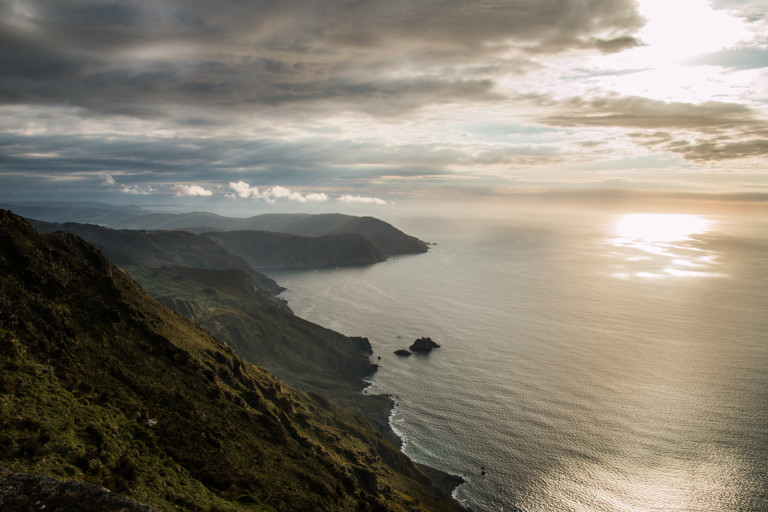
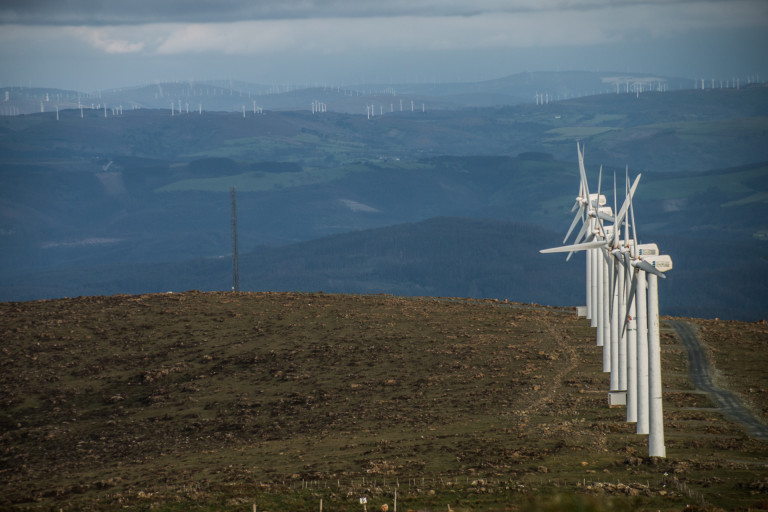
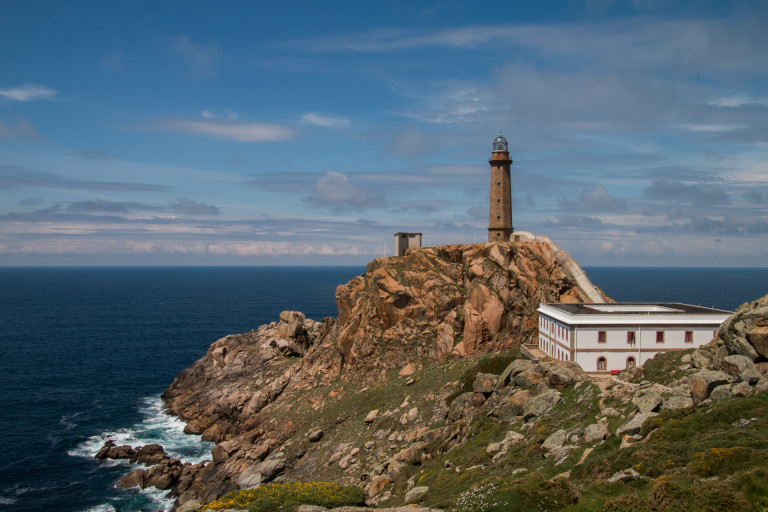
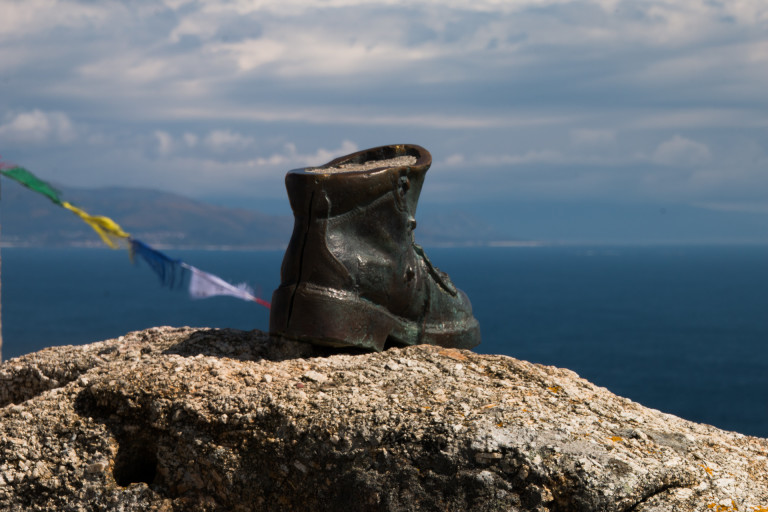
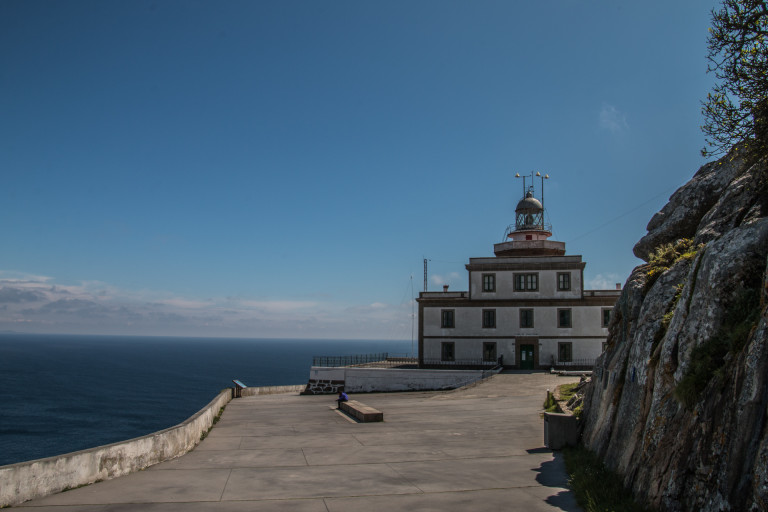
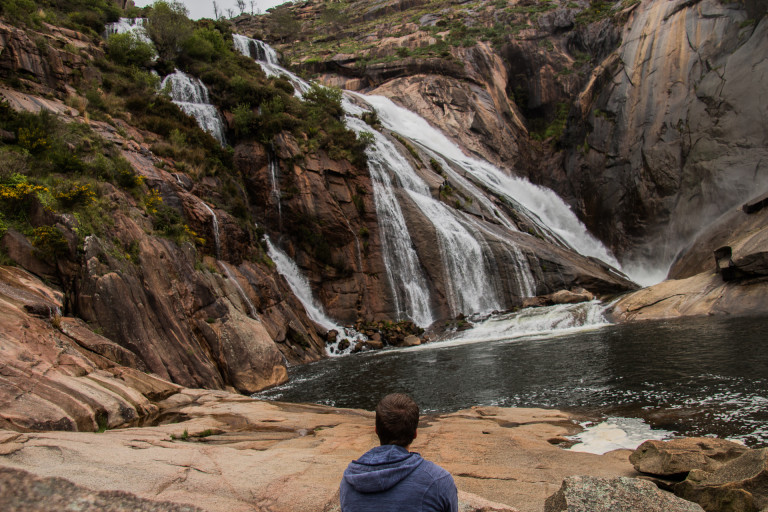
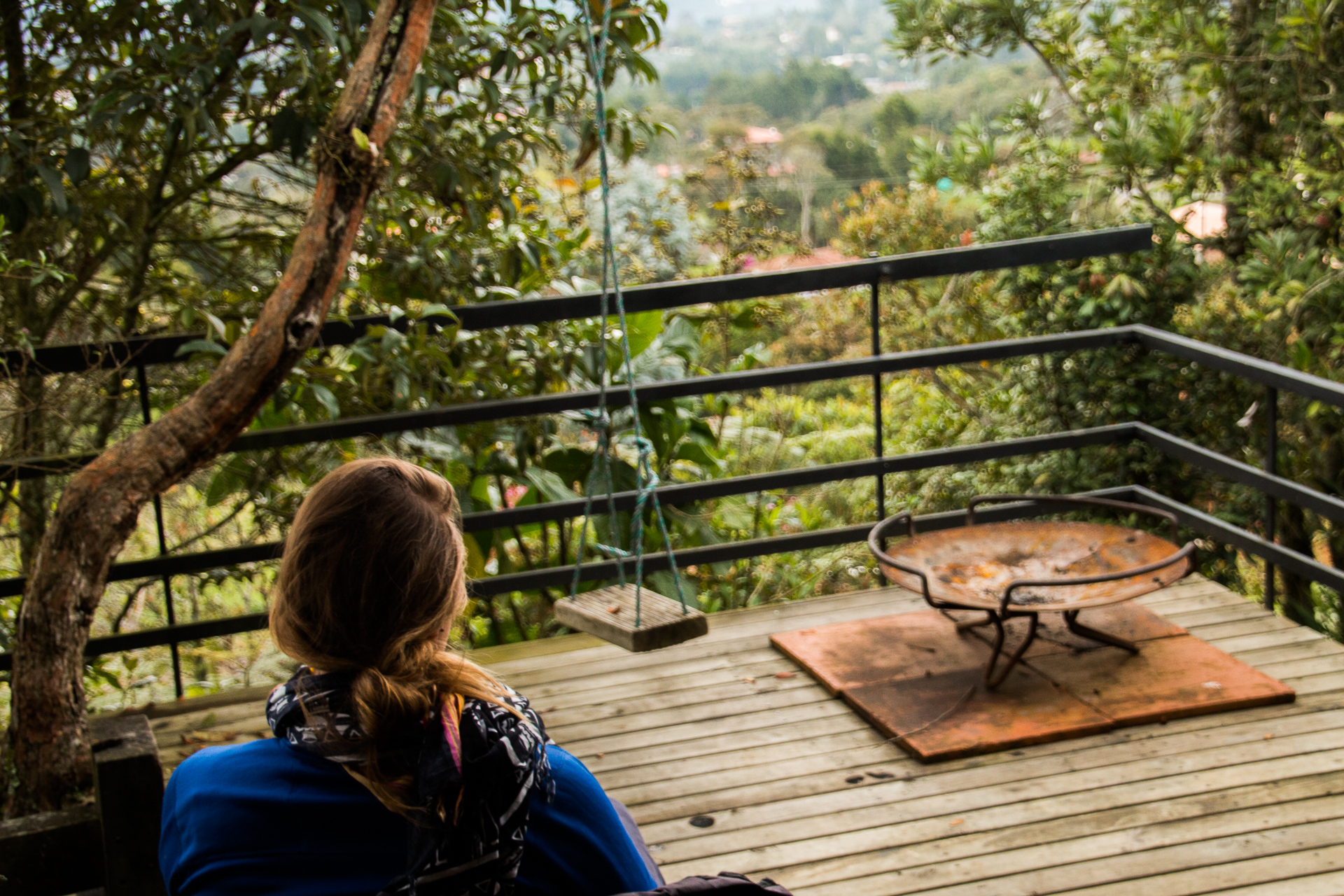
 I think we were ready to leave the chaos, dirt and noise. At least for a while. We actually didn’t wait for our flight to do that, for the last couple of days we stayed in the middle of absolute nowhere an hour from Medellin. Santa Elena was a sleepy, green village in the forest. It was a different world. We stayed in a portable house which was just spectacular! Just us, nature and weird bugs. Perfect scenery to contemplate our journey and the new chapter ahead of us.
I think we were ready to leave the chaos, dirt and noise. At least for a while. We actually didn’t wait for our flight to do that, for the last couple of days we stayed in the middle of absolute nowhere an hour from Medellin. Santa Elena was a sleepy, green village in the forest. It was a different world. We stayed in a portable house which was just spectacular! Just us, nature and weird bugs. Perfect scenery to contemplate our journey and the new chapter ahead of us. at bananas 100 ways with rice. And there was no corn either. Just croissants, bread, ham, cheese, fruit and veg all of it was our dream coming true. After a nice dinner we could even flush the toilet paper. Only the prices were less of an excitement. The pearls of Gaudi’s architecture have reached just outrageous prices, unfinished Sagrada Familia costs 15 euros if you don’t want the view from the towers if you do 30… Batllo
at bananas 100 ways with rice. And there was no corn either. Just croissants, bread, ham, cheese, fruit and veg all of it was our dream coming true. After a nice dinner we could even flush the toilet paper. Only the prices were less of an excitement. The pearls of Gaudi’s architecture have reached just outrageous prices, unfinished Sagrada Familia costs 15 euros if you don’t want the view from the towers if you do 30… Batllo
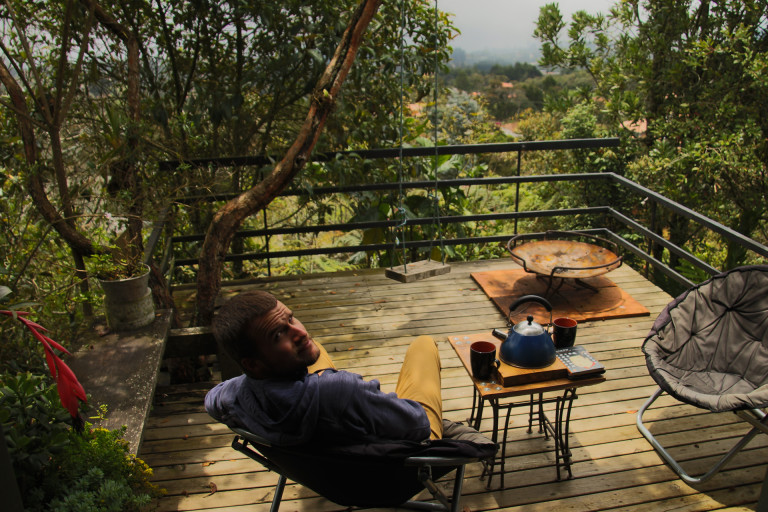
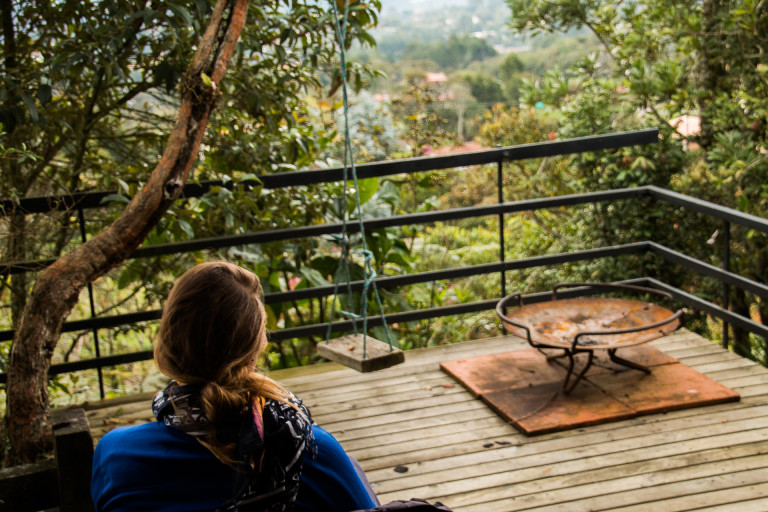
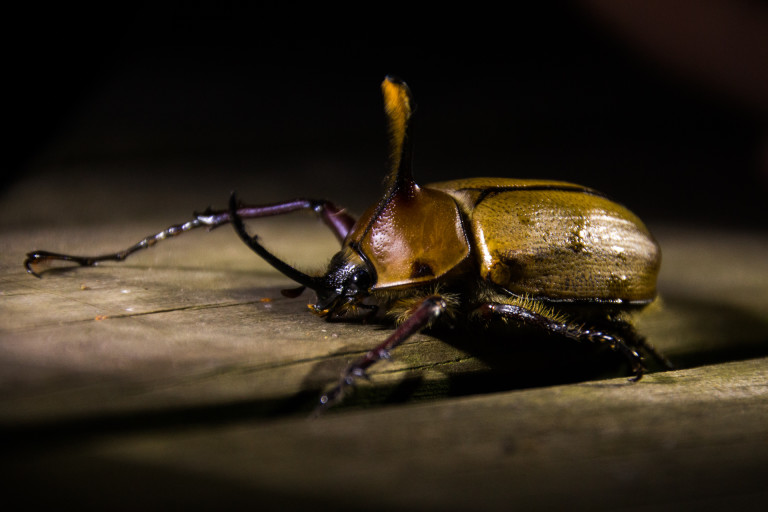
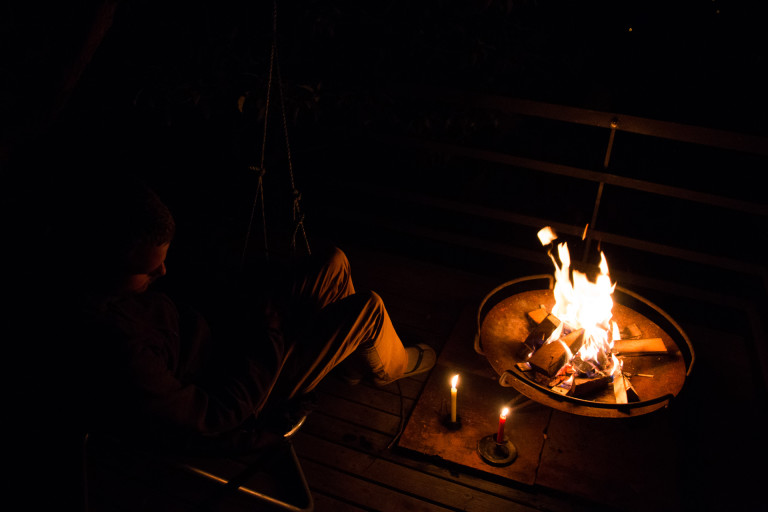
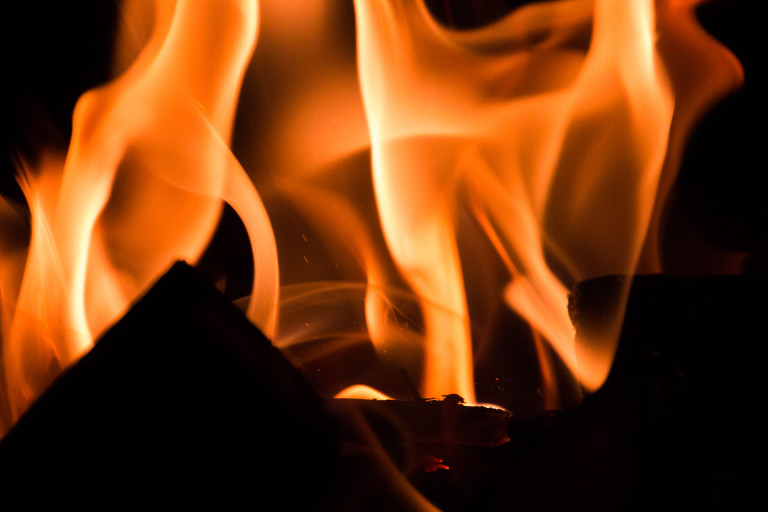
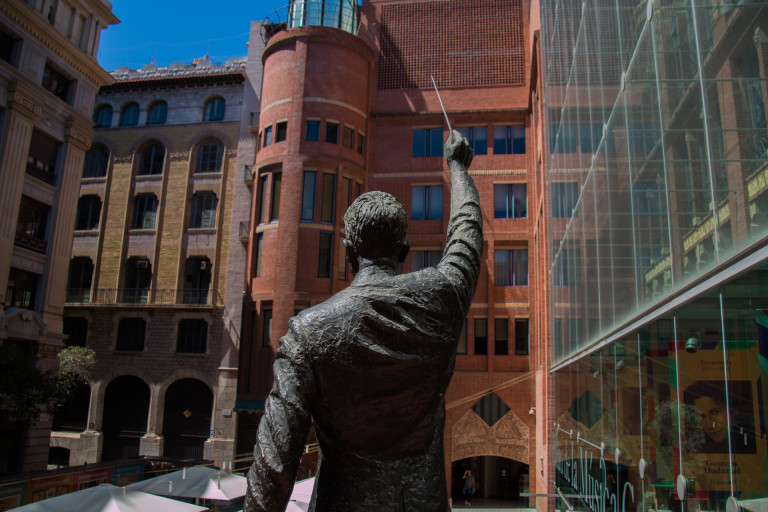
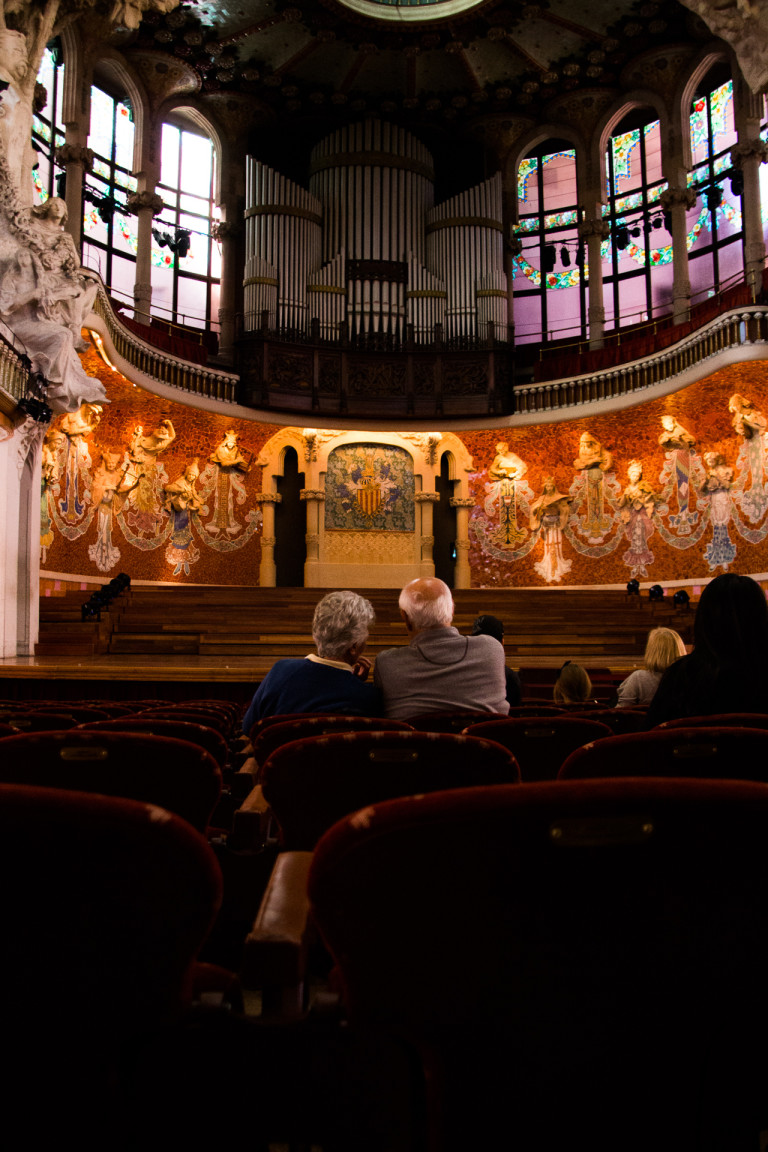
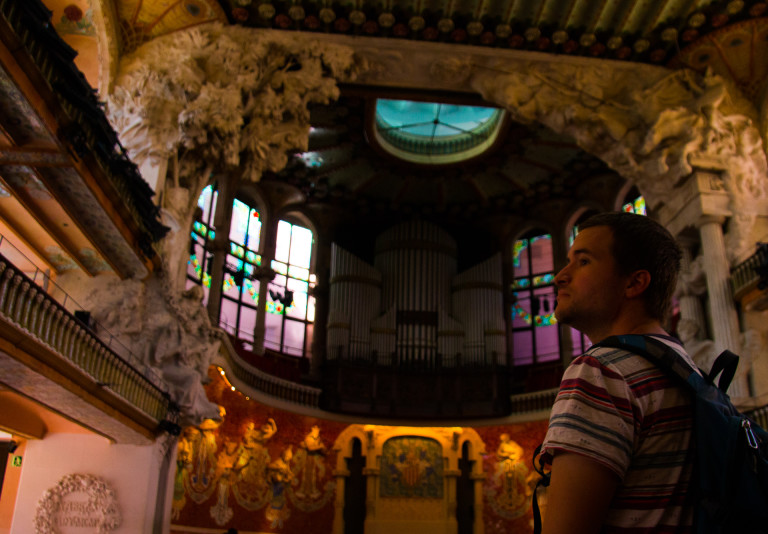
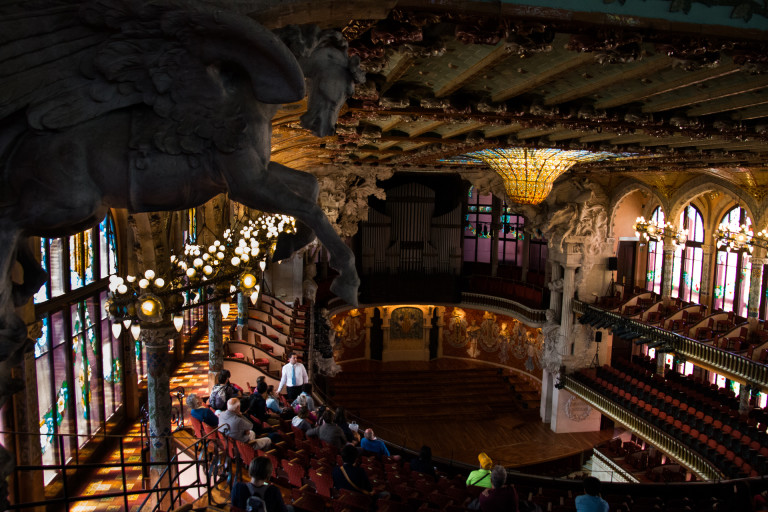
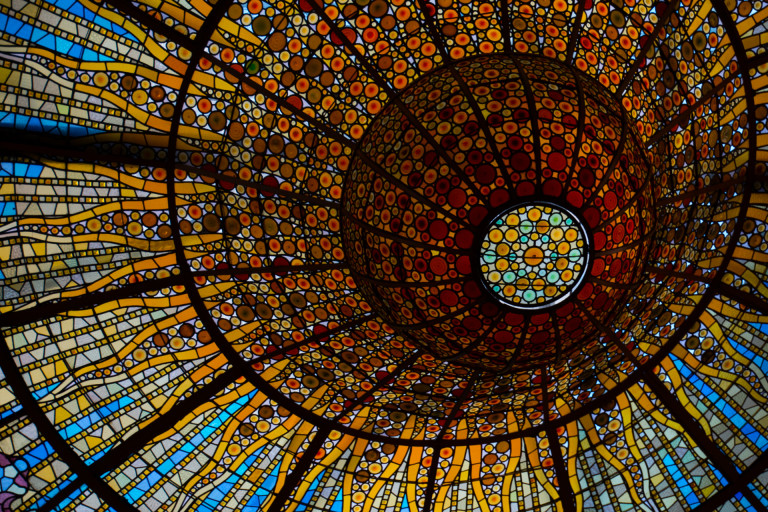
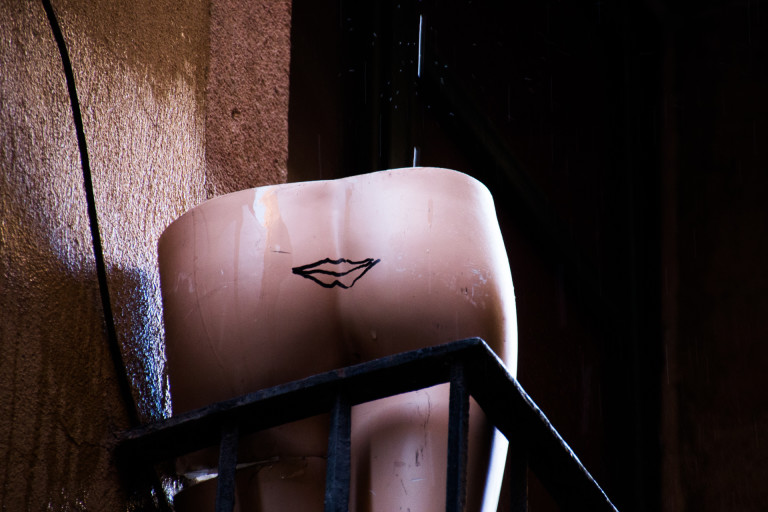
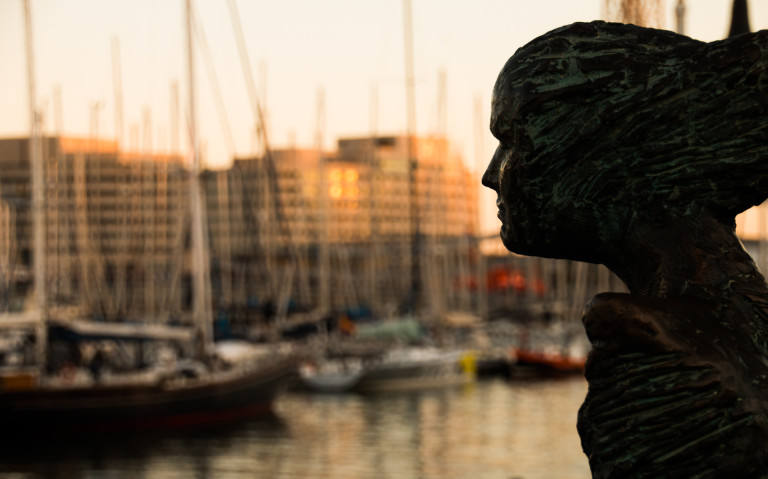
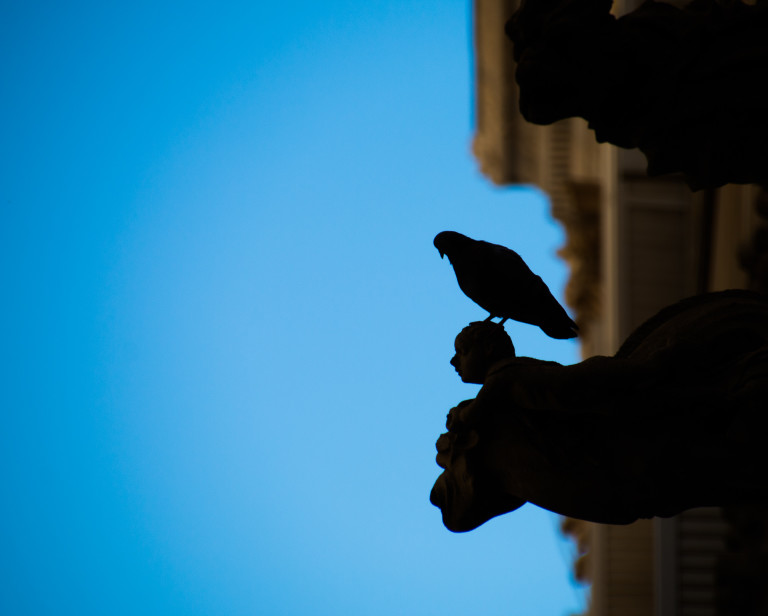
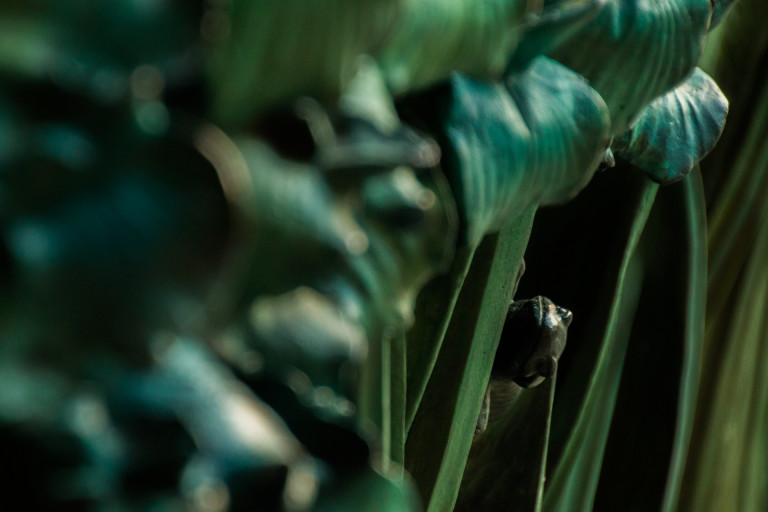
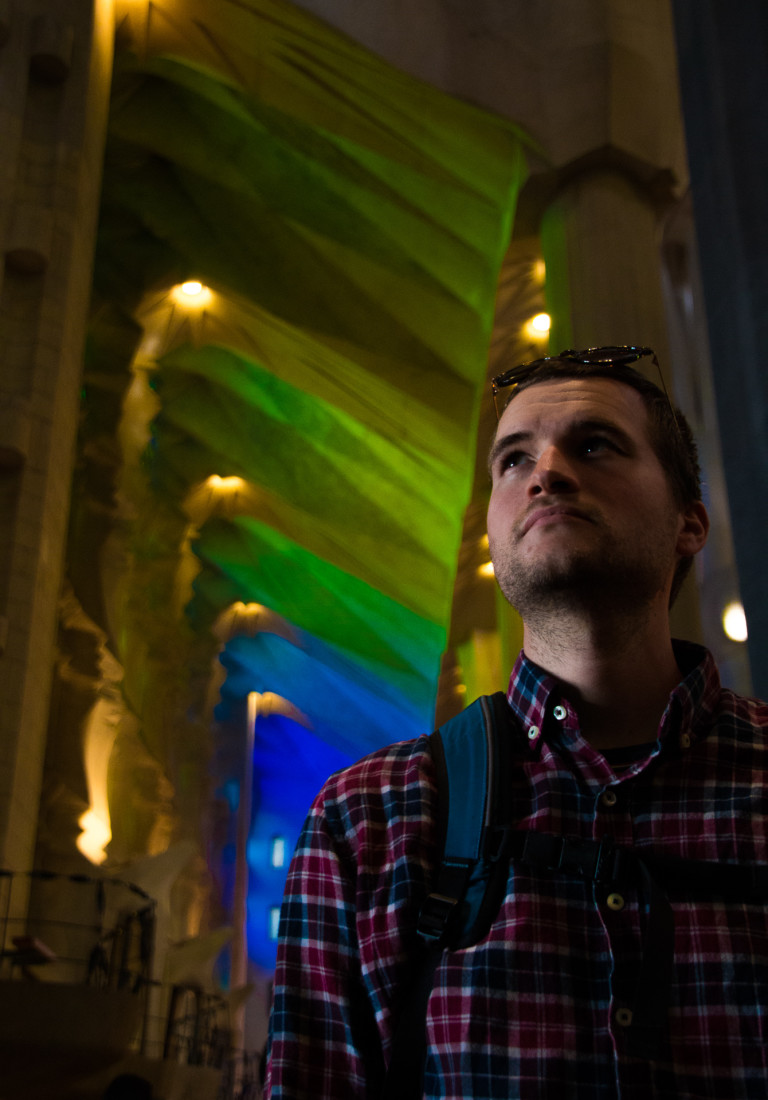
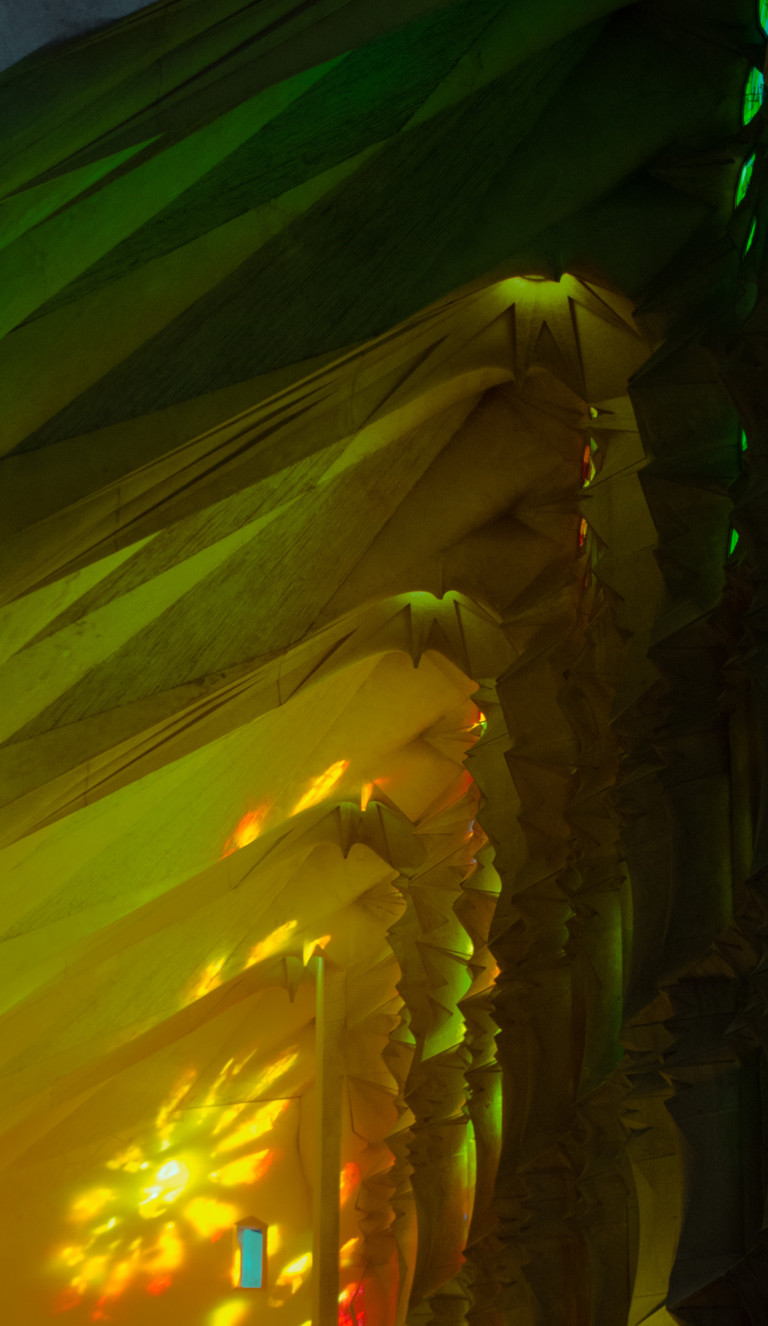
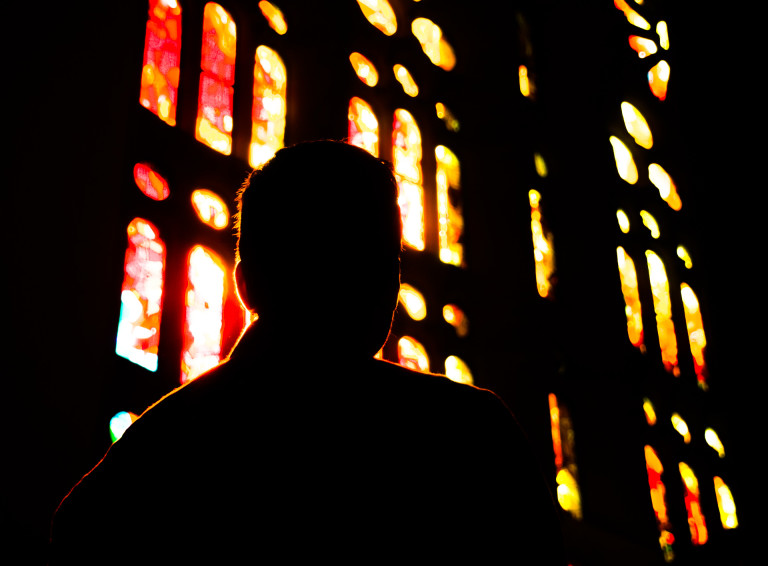
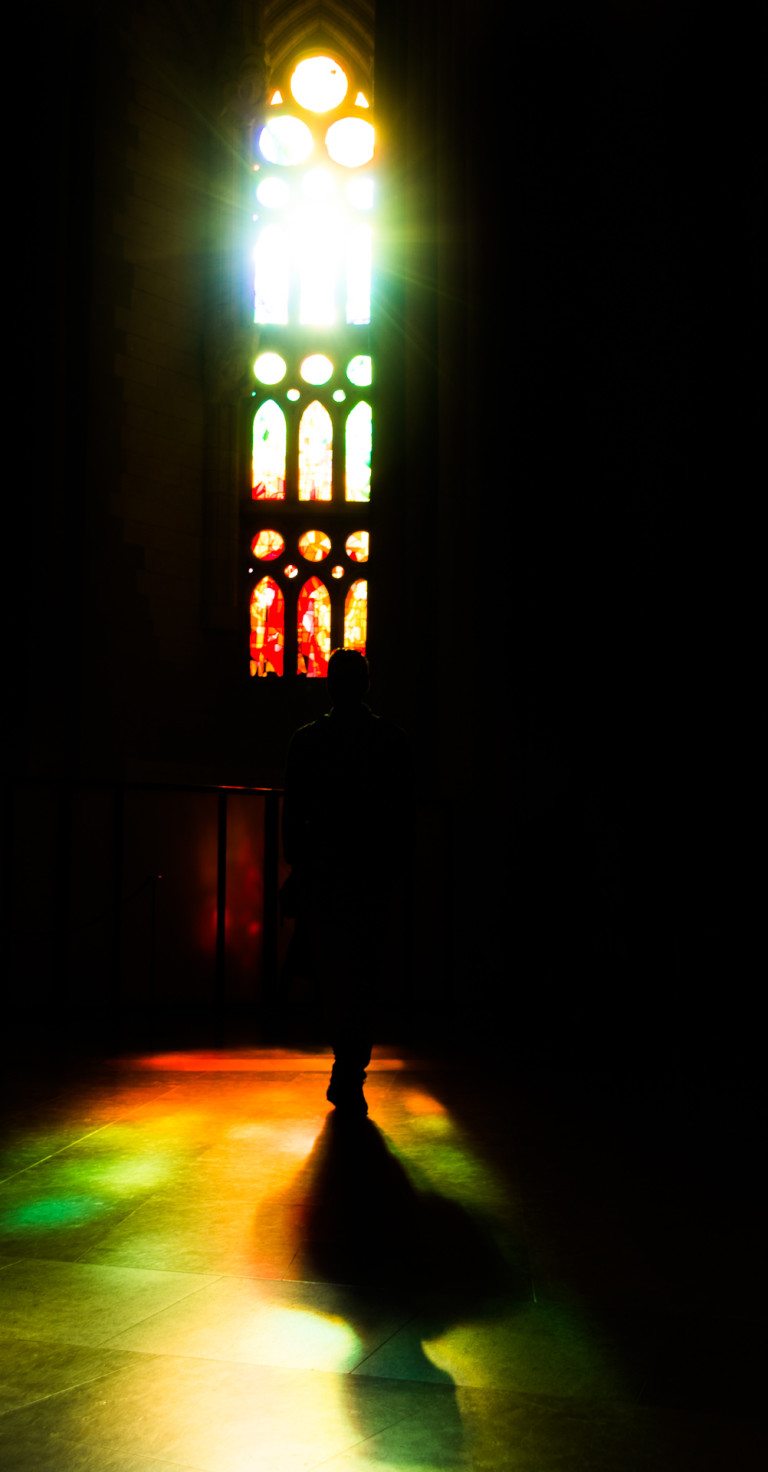
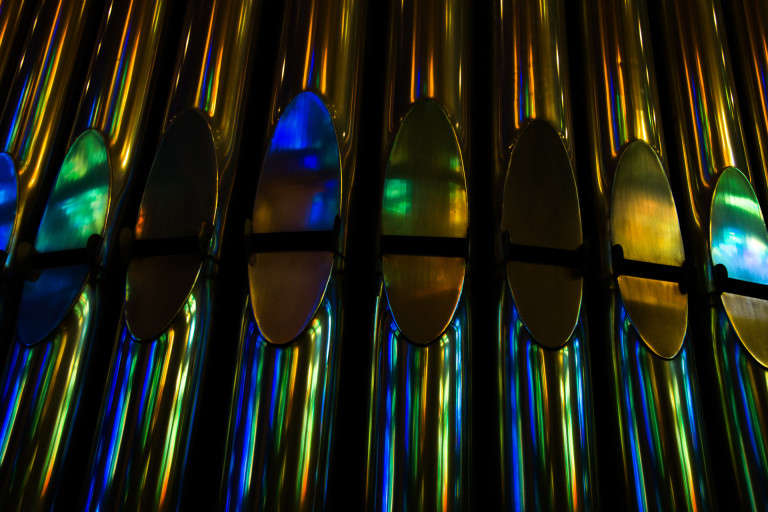
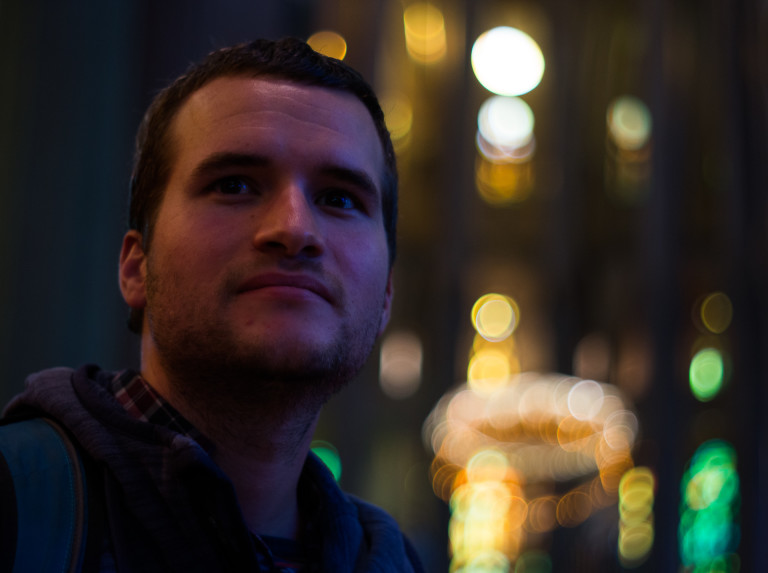
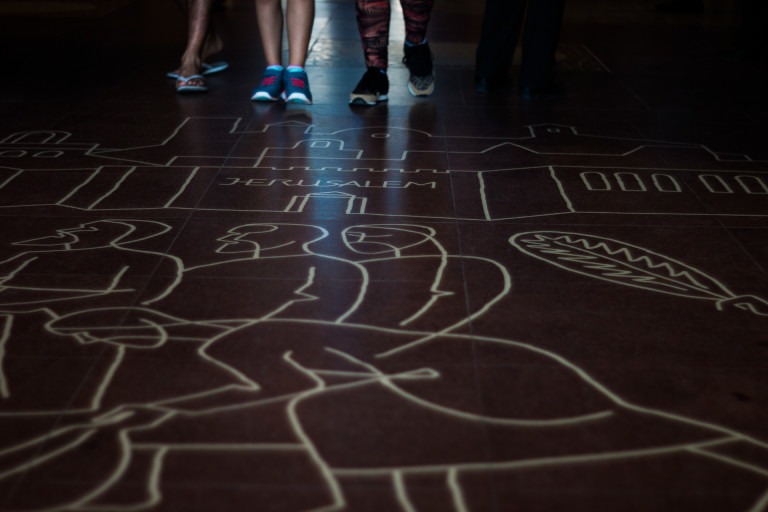
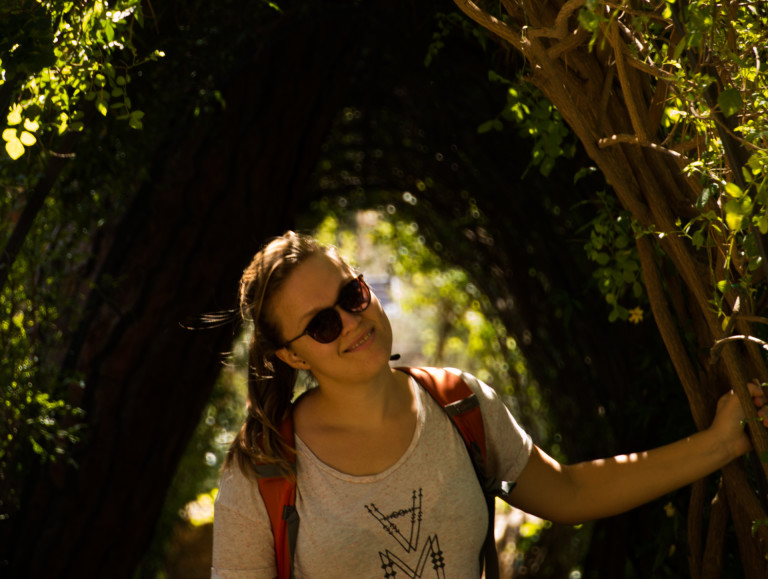
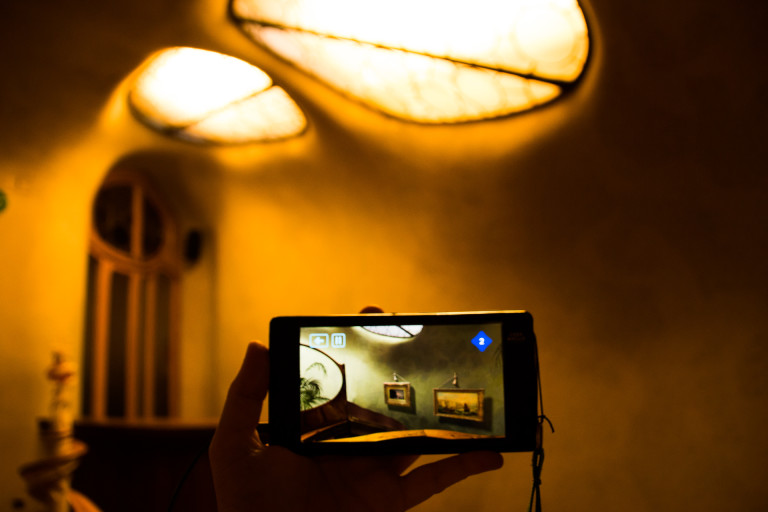
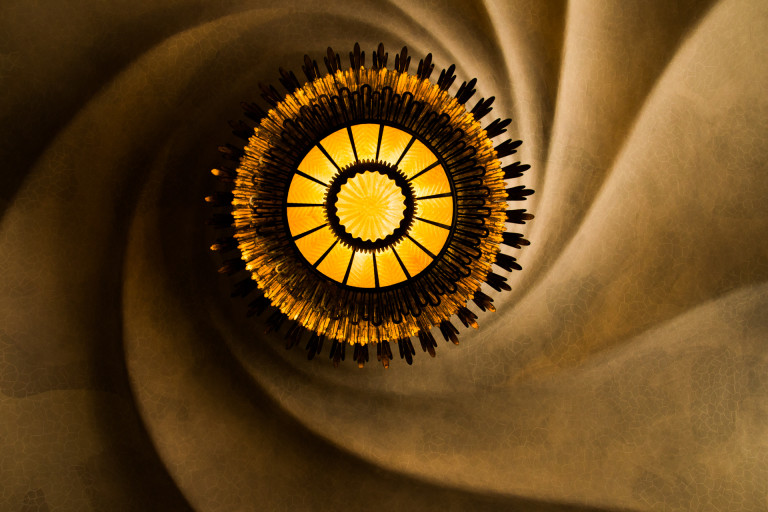
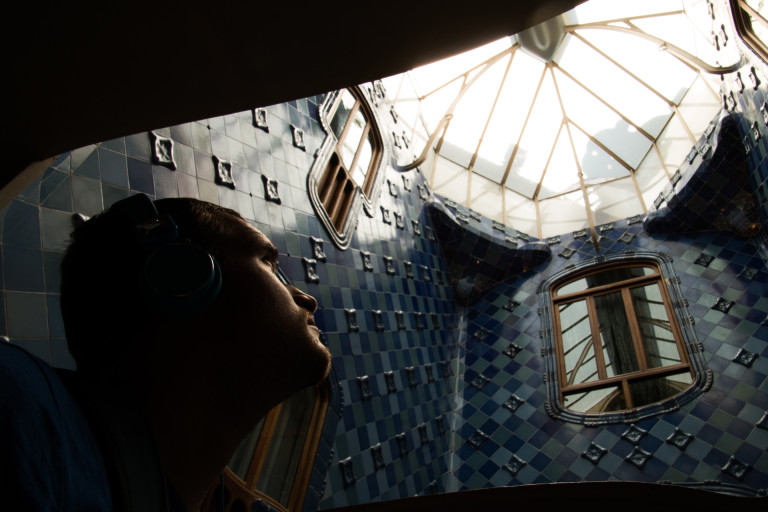
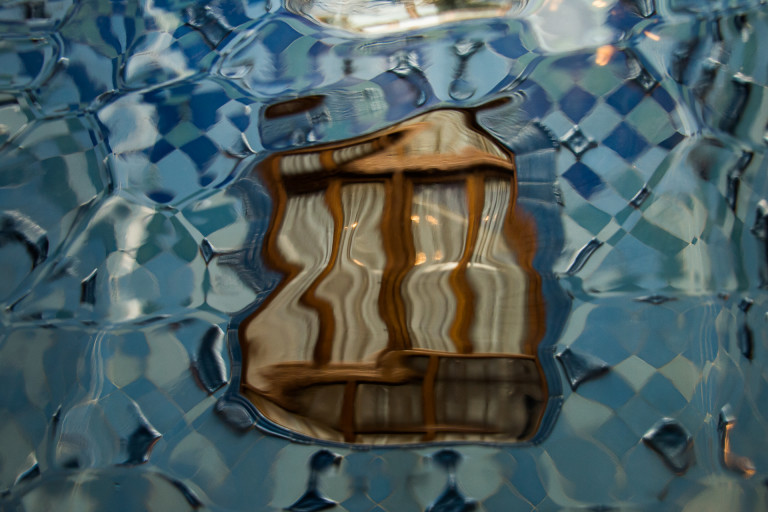
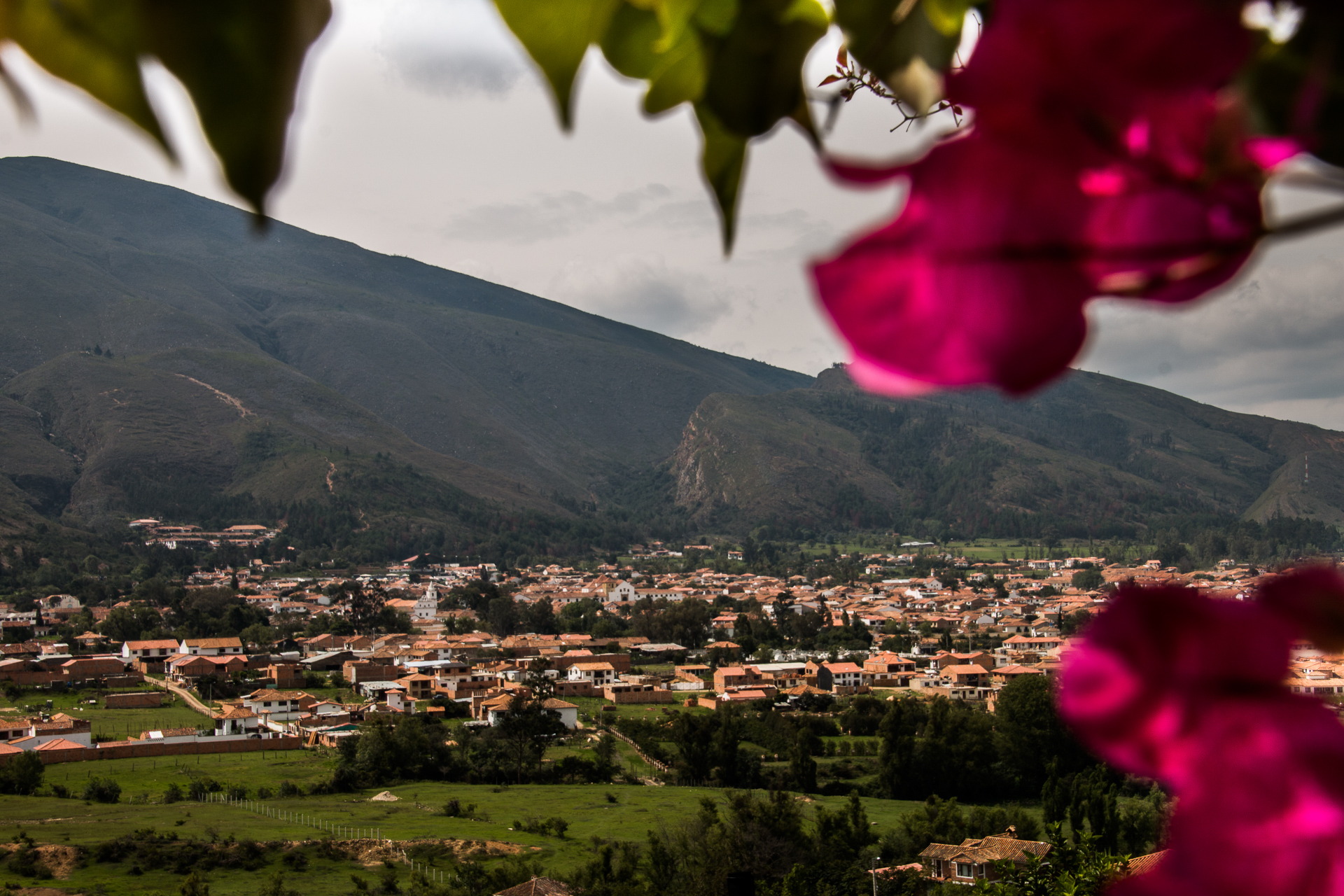
 Third- the hostel we stayed in was really cheap (7 euro per bed) and absolutely stunning- two features that rarely go together. It had a huge outside common area overlooking the whole town with its mountains in the background. And the room itself was vintage in a European meaning of the word (in South America vintage is often synonym of broken, stolen from an old lady with dust untouched for quite some time). It was a pleasure to stay in Villa de Leyva and discover that there is so much more to it than just its main square. Charming broad streets, nice suburbs, mountains and superb ice cream is all we needed:)
Third- the hostel we stayed in was really cheap (7 euro per bed) and absolutely stunning- two features that rarely go together. It had a huge outside common area overlooking the whole town with its mountains in the background. And the room itself was vintage in a European meaning of the word (in South America vintage is often synonym of broken, stolen from an old lady with dust untouched for quite some time). It was a pleasure to stay in Villa de Leyva and discover that there is so much more to it than just its main square. Charming broad streets, nice suburbs, mountains and superb ice cream is all we needed:)
